motivation
I have always wanted to go on trip to some very foreign destination, back-packed, and alone-grouped. In the eve of 2021, I decided to give a try to Oslo by buying cheap (circa 100 EUR) flight tickets from Vienna International Airport (VIA) to Oslo Gardermoen Airport. Also, I am a great fan of Scandinavian hyggelig lifestyle, clean architecture and cusine.
Also, I am trying to teach myself some Norwegian (norsk bokmål), having my phone’s default language set to Norwegian and English (as secondary lang). This can be seen on the screenshot below I took when rushing to Brno Train Station for the carrige to Vienna to catch.
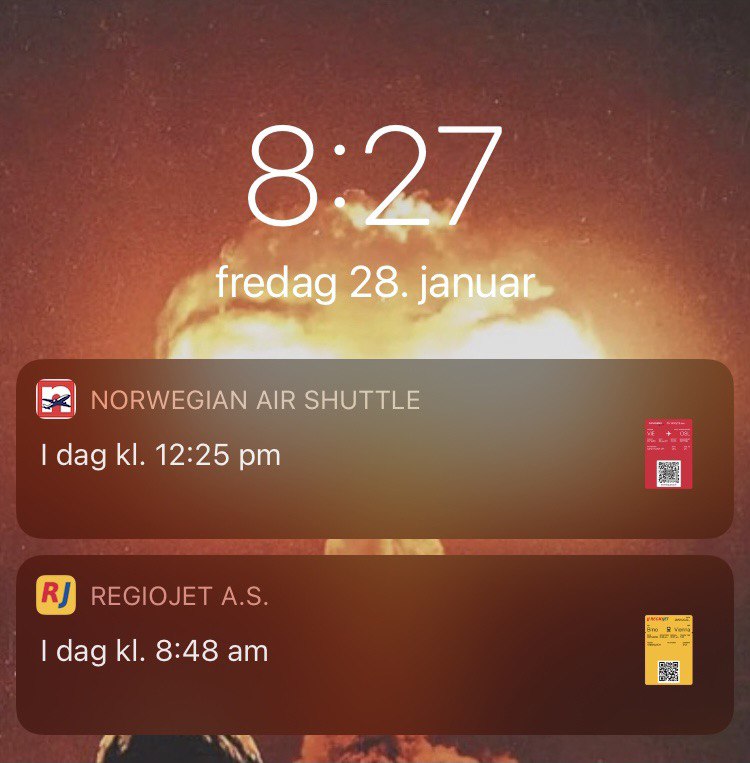 Fig. 1: Personal telephone screenshot showing tickets stored in the Wallet app available.
Fig. 1: Personal telephone screenshot showing tickets stored in the Wallet app available.
Note: this happened while another huge COVID-19 pandemic European been present, therefore I needed to get the third vaccination to be allowed into Austria and Norway. All pictures are mine; the article contains English, German, and Norwegian names and terms.
day 1, January 28, Friday
journey to Vienna and VIA
For the journey to Vienna I chose kind of cheap tickets from Regiojet travel company, which provides train carriages too. Trip from Brno to Vienna took about an hour or so. Next, I needed to buy a ticket to VIA from Wien Hauptbahnhof (Hbf). Fortunately, I found out this ÖBB/OEBB (Österreichische Bundesbahnen) mobile application, which provided me with very cheap ticket to VIA (4 EUROs instead of 16 EUR).
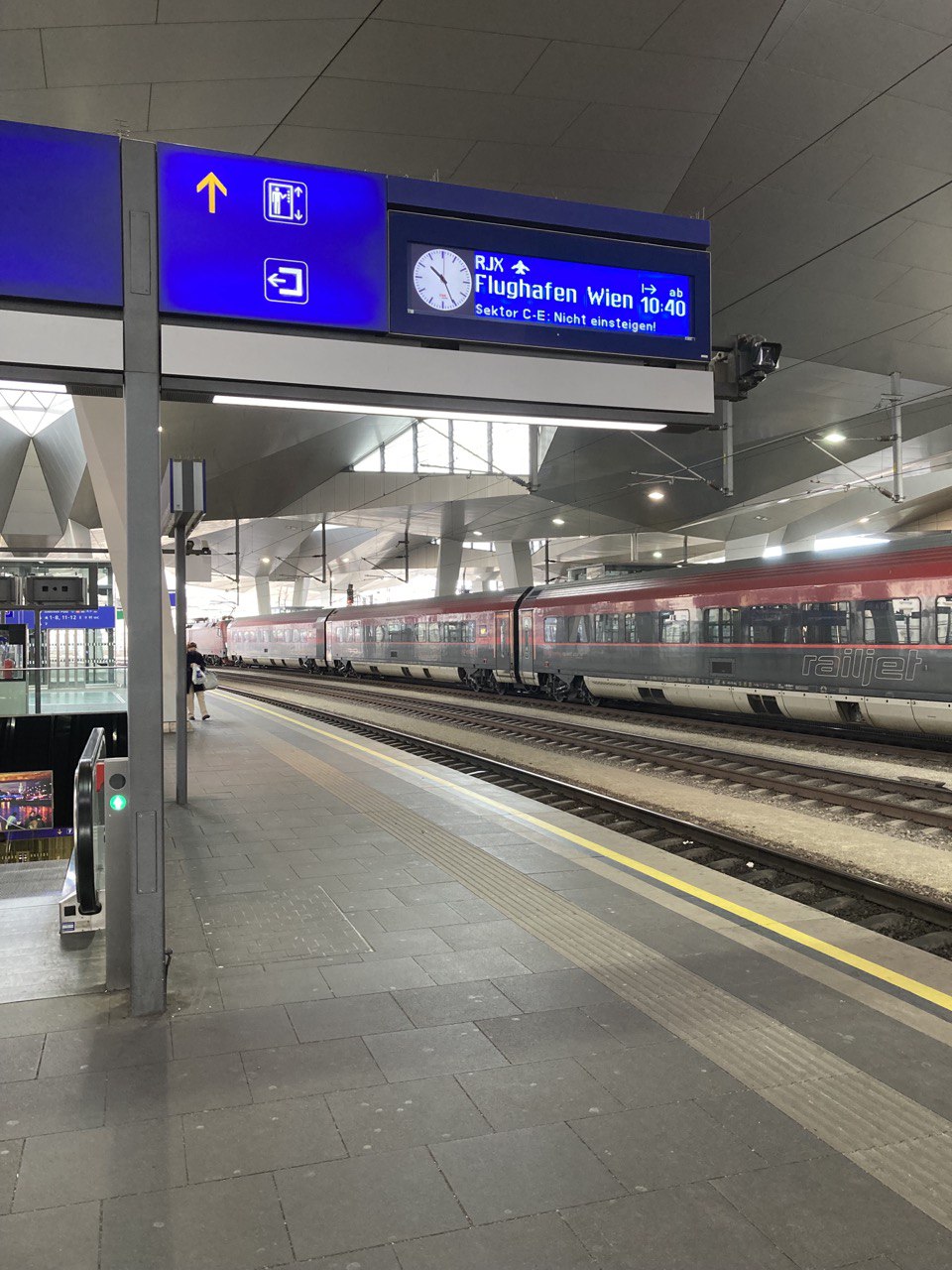 Fig. 2: Vienna main train station platform.
Fig. 2: Vienna main train station platform.
Vienna’s train stations are very clean and very rush even on Friday morning. Trip to VIA took about 30 minutes in a comfy carriage of OEBB’s. Train arrived in VIA’s underground metro-like (Tube-like) station.
After I passed the security control check, I went through the large corridor of airport’s gates right to Gate F35 (not sure though). I saw people in masks having their beer and trying not to fall in a panic attack from so much social-not-distancing. I bought one (1) bottle of water and a FFP2 respirator — this little walk-around cost me like 10 EUR.
At the gate entrance, I showed my flight ticket (which was necessary when entering the security check downstairs too). No passport needed (Norway is in the Schengen border-free space, while not being an EU member).
 Fig. 3: Boarding the flight to Oslo in Vienna.
Fig. 3: Boarding the flight to Oslo in Vienna.
From the gate space/glass tunnel-like structure (don’t know the correct word here), we were “shipped” to the Norwegian Airline’s plane by airport bus shuttle.
flight to Oslo
Following the plane boarding, I “needed” to take a quick picture of the Boeing 737-800/737-8MAX’s huge engine.
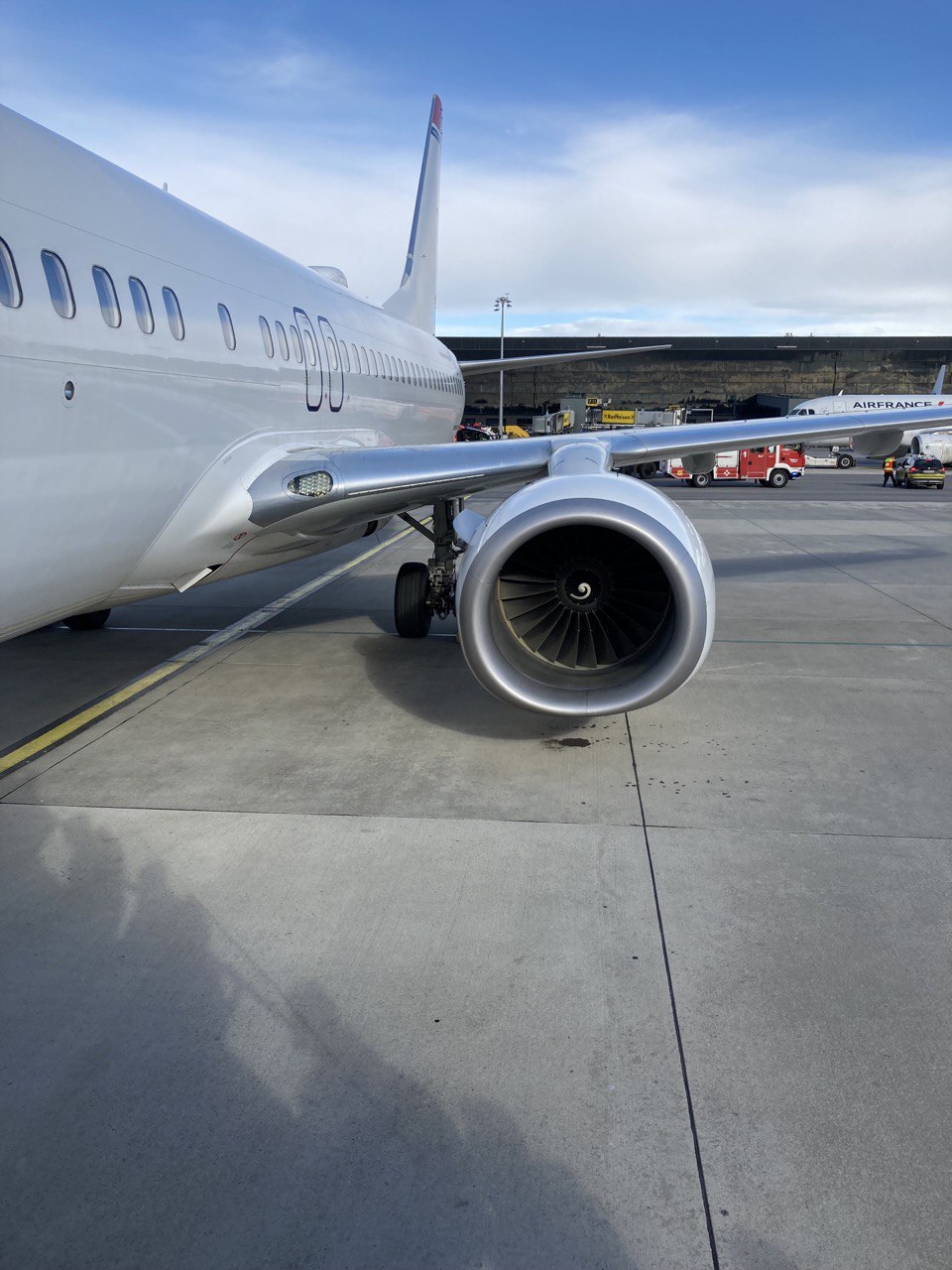 Fig. 4: Quick Boeing 737-800/737-8MAX photoshoot.
Fig. 4: Quick Boeing 737-800/737-8MAX photoshoot.
Flight to Oslo itself was not as crowded as I expected, resulting in plane being filled to about 2/3 of its capacity.
After a two-hour flight, we smoothly landed in Oslo Gardermoen Airport. This airport is way closer to Oslo than the other Oslo airport called Torp. When getting out of the board, I kindly asked if it was possible to take a picture of the cockpit. Flight attendents were very nice to me and said there were no problems.
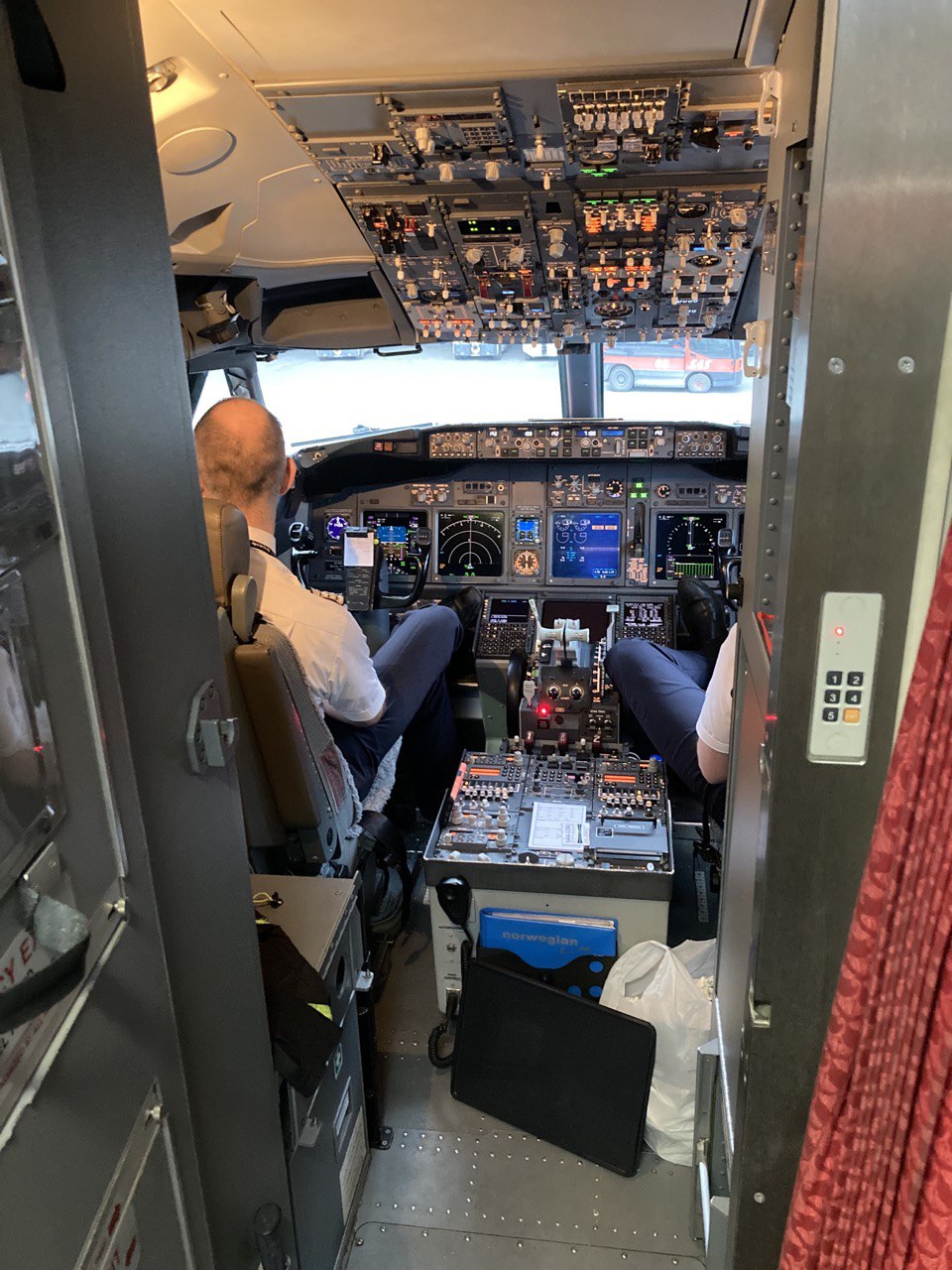 Fig. 5: Cockpit after the arrival to Oslo.
Fig. 5: Cockpit after the arrival to Oslo.
From the plane terminal-landing place we were taken by another bus to the gate, where entrance approval and passport checks were taking place. To be allowed to enter Norway, one has to declare COVID-19-less health condition (by getting a third vaccination for example, and by having a negative antigen test), to have filled and accepted Entrance request (typically, this has to be filed 5 days prior the journey at max), and to have a valid passport. The policemen and policewomen were again very kind and patient when others struggled finding their documents and screenshots. I was allowed to continue entering airport’s arrival space quickly.
Once I stepped inside the airport building(s), I was fascinated by the local architecture — only glass, steel, timber, and stone used everywhere.
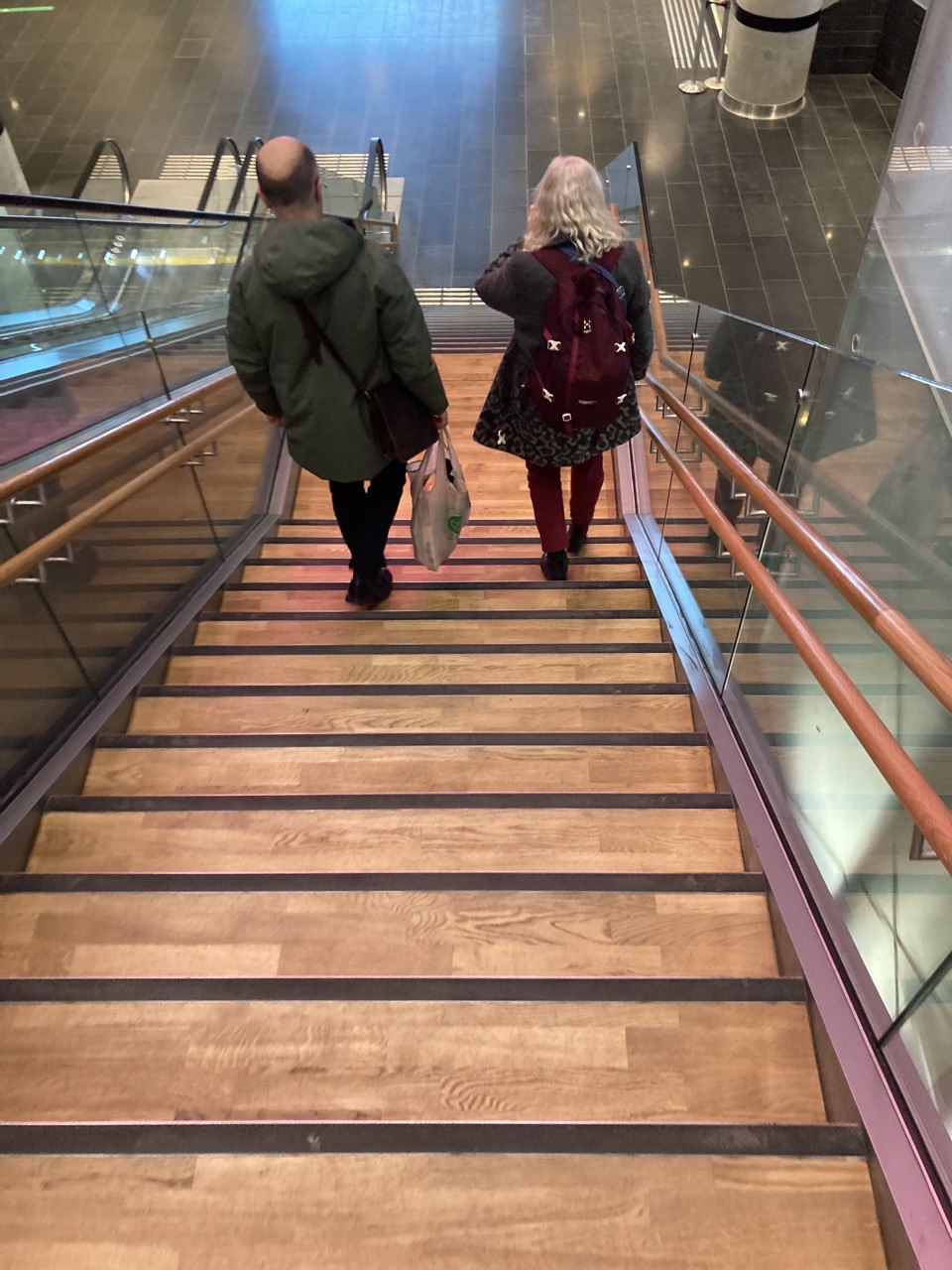
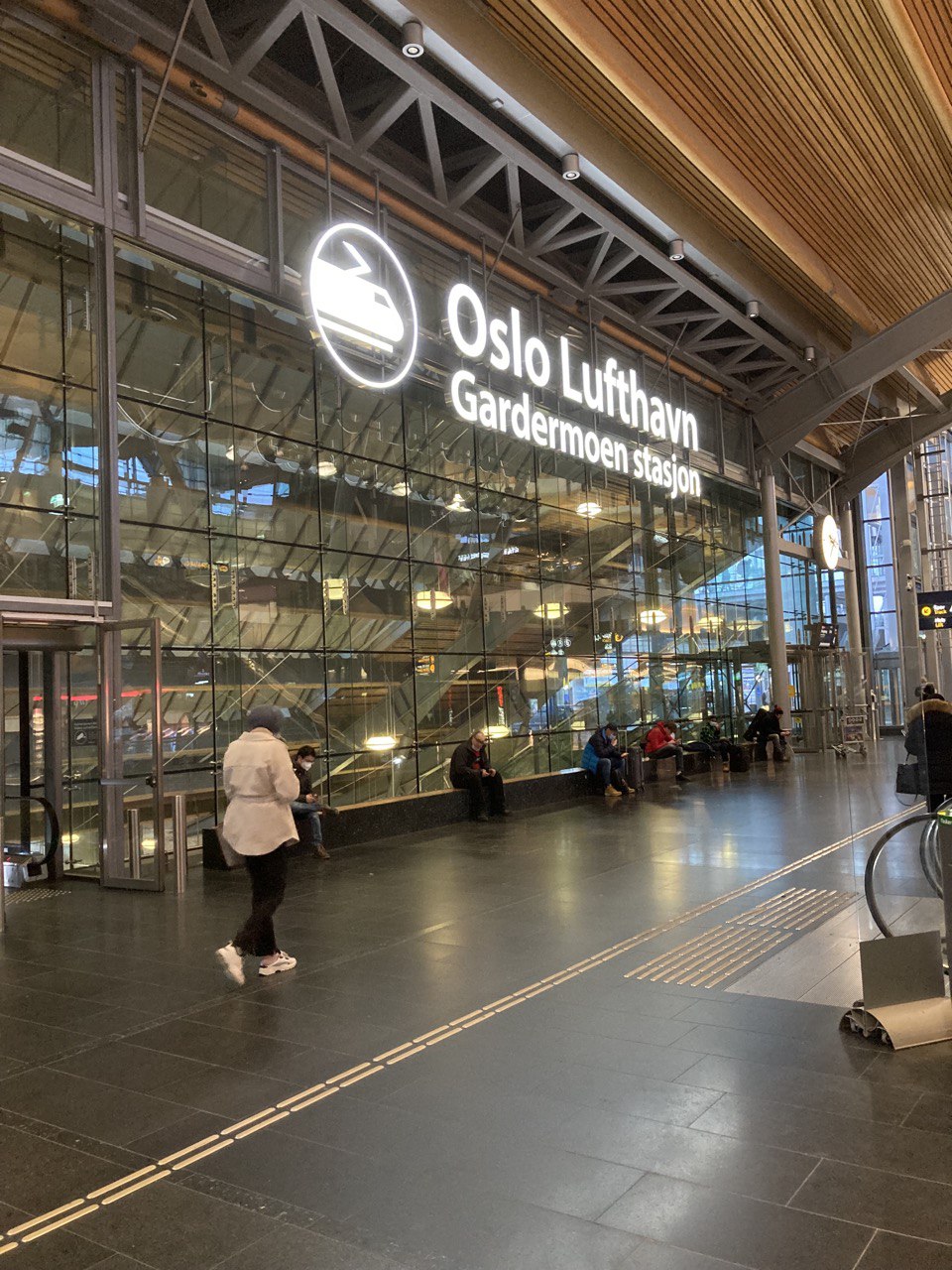 Fig. 6: Oslo Gardermoen airport interior.
Fig. 6: Oslo Gardermoen airport interior.
From the Oslo Gardermoen train station, I took Flytoget (literaly a flying train) to Oslo Skøyen station. Later, I relised it is more economical to use VY train for the same journey as it is way cheaper than Flytoget (thanks to my AirBnB host!).
references
first hours in Norway and Oslo
Ater taking out off the train at Skøyen, I tried to look for my accommodation location. From the station itself it would take like 5 minutes walking on feet. Naturally, it took me about 20 minutes to go the right way and to return back on track. I used AirBnB single private room offer for about 34 EUR in total for 3 nights. I was being lucky taking this location, as it was in a very calm and quiet neighbourhood near the train and other public transportation stops.
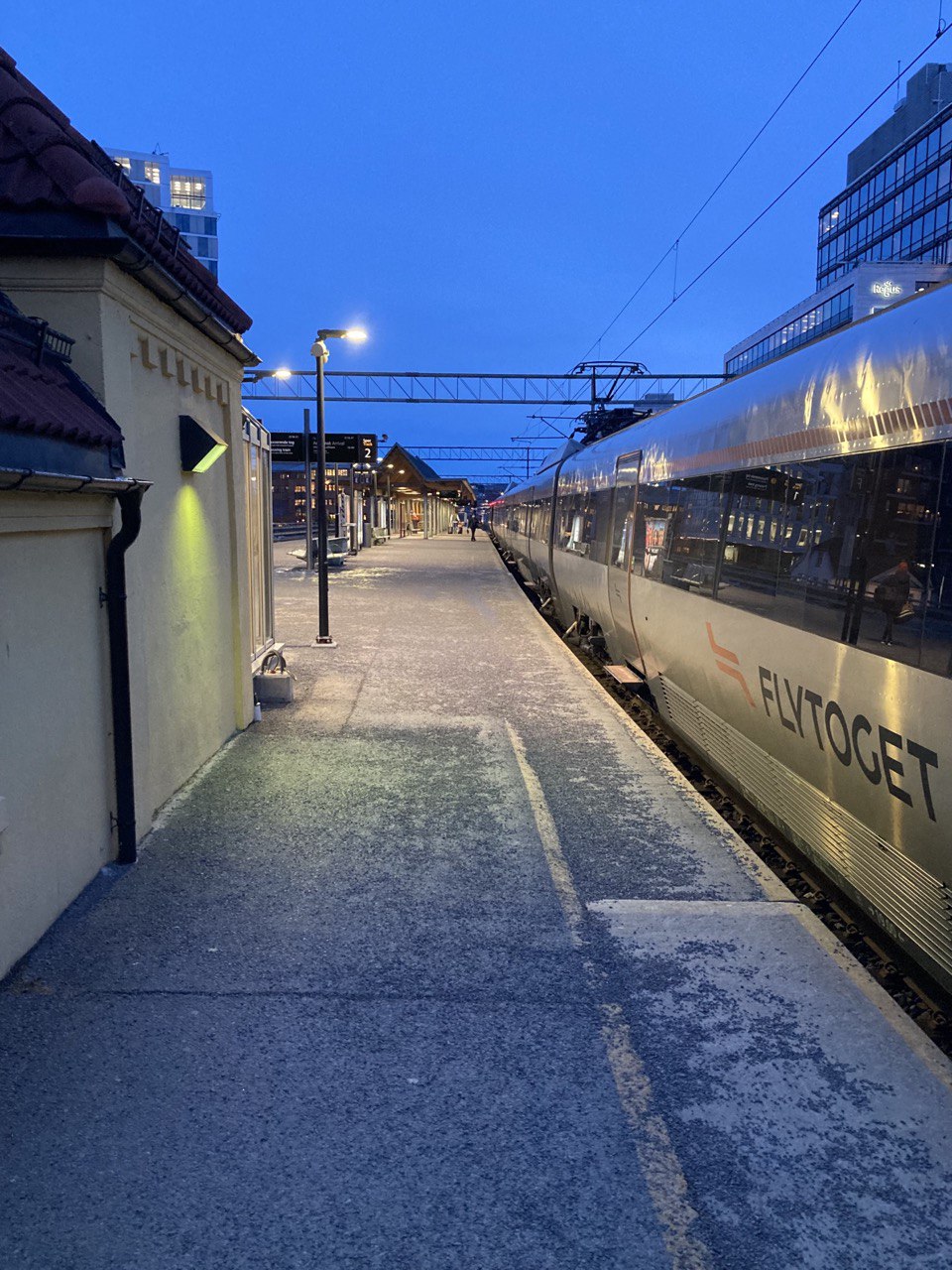 Fig. 7: Skøyen railway station with Flytoget jet train.
Fig. 7: Skøyen railway station with Flytoget jet train.
It was about 4:40 pm when I arrived to Oslo, being already after sunset there. I took the antigen test I was given at airport (I was to take it in 24 hours after arrival). Fortunately, the test was negative, so I could talk to my host more and to note some Oslo tips too.
At around 6:45 pm I decided to take a swift walk around the Friday night city. The first thing to pop into my eyes was the icing virtually anywhere on the streets pavements. Oslo is situated near the North sea via Oslofjord, allowing the city to be around zero degrees Celsius even in January. On the other hand, the air is a bit more humid, allowing the icing to be constantly dismissing and appearing everywhere.
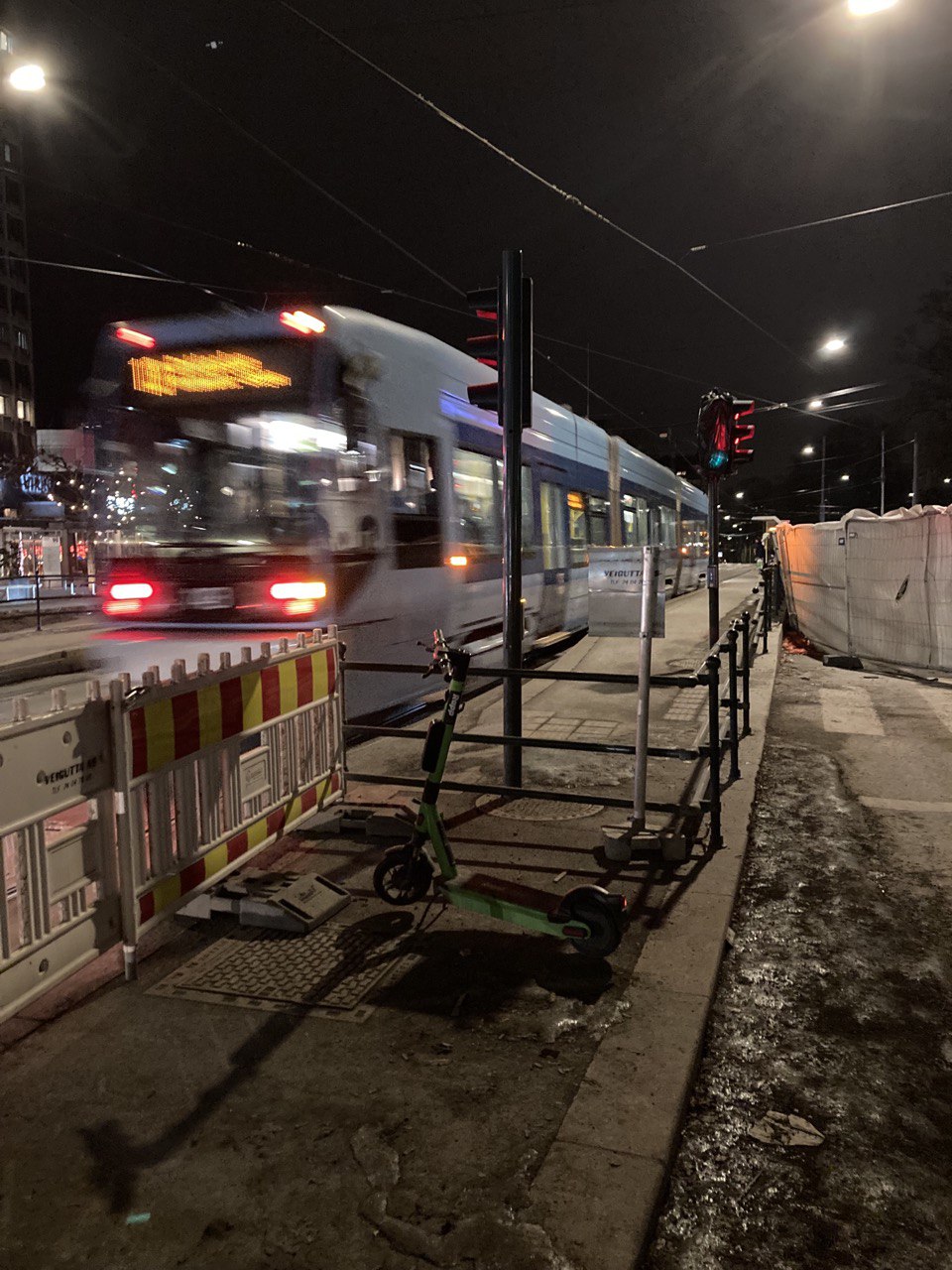 Fig. 8: Night Oslo, unknown tram station under construction.
Fig. 8: Night Oslo, unknown tram station under construction.
In terms of public transportation, Oslo is very well equipped, having train, tram, bus and underground stations all around the city, although being hilly at the same time. When returning back to my accommodation, it started snowing heavily.
day 2, January 29, Saturday
Bygdøy peninsula explore and sea-seeing
Next morning, on Saturday January the 29th 2022, I overslept a little, waking up at around 10 am. This little sleeping advantage gave me a unexpected surprise as north sun was about to start sunsetting soon.
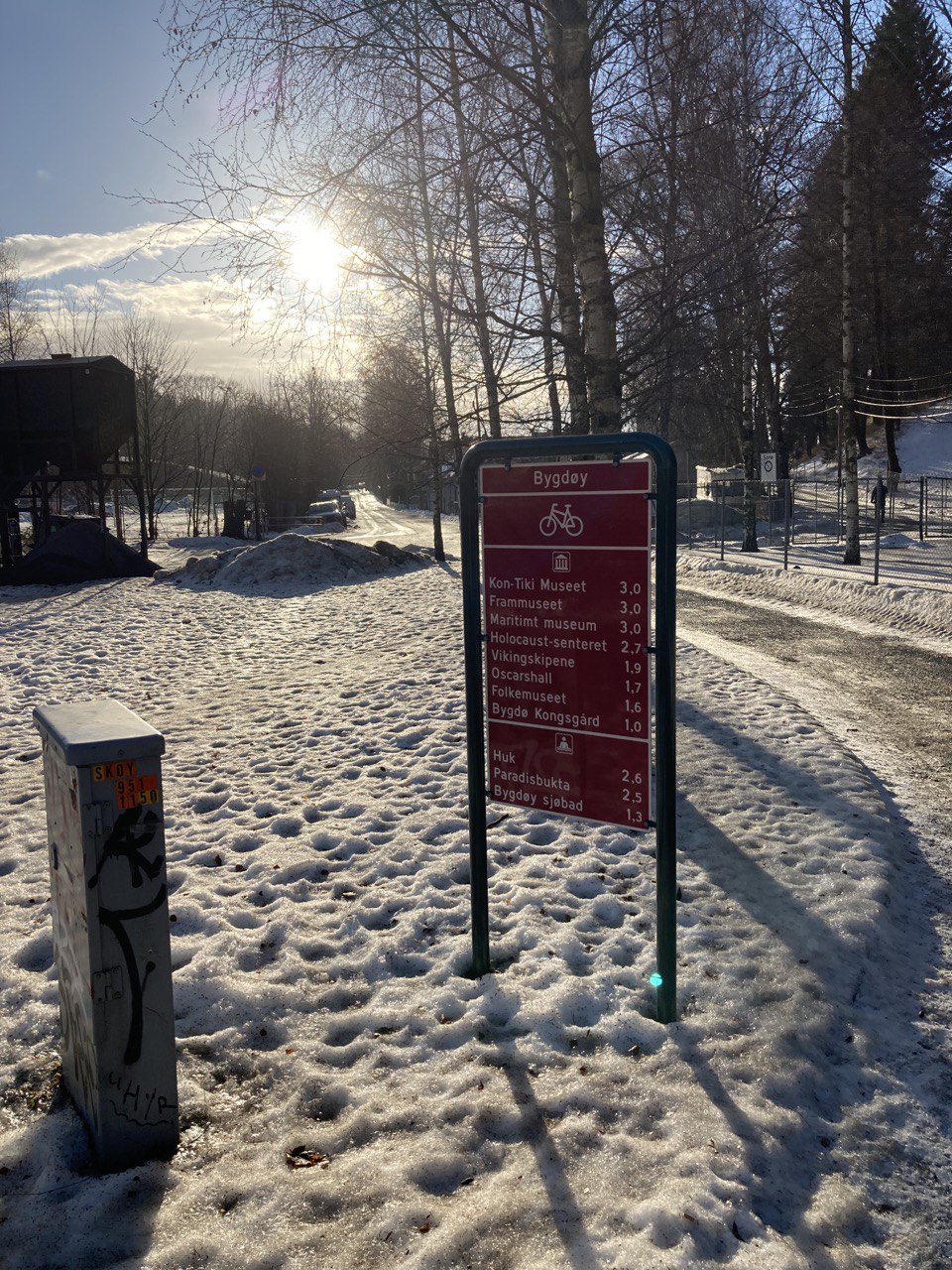
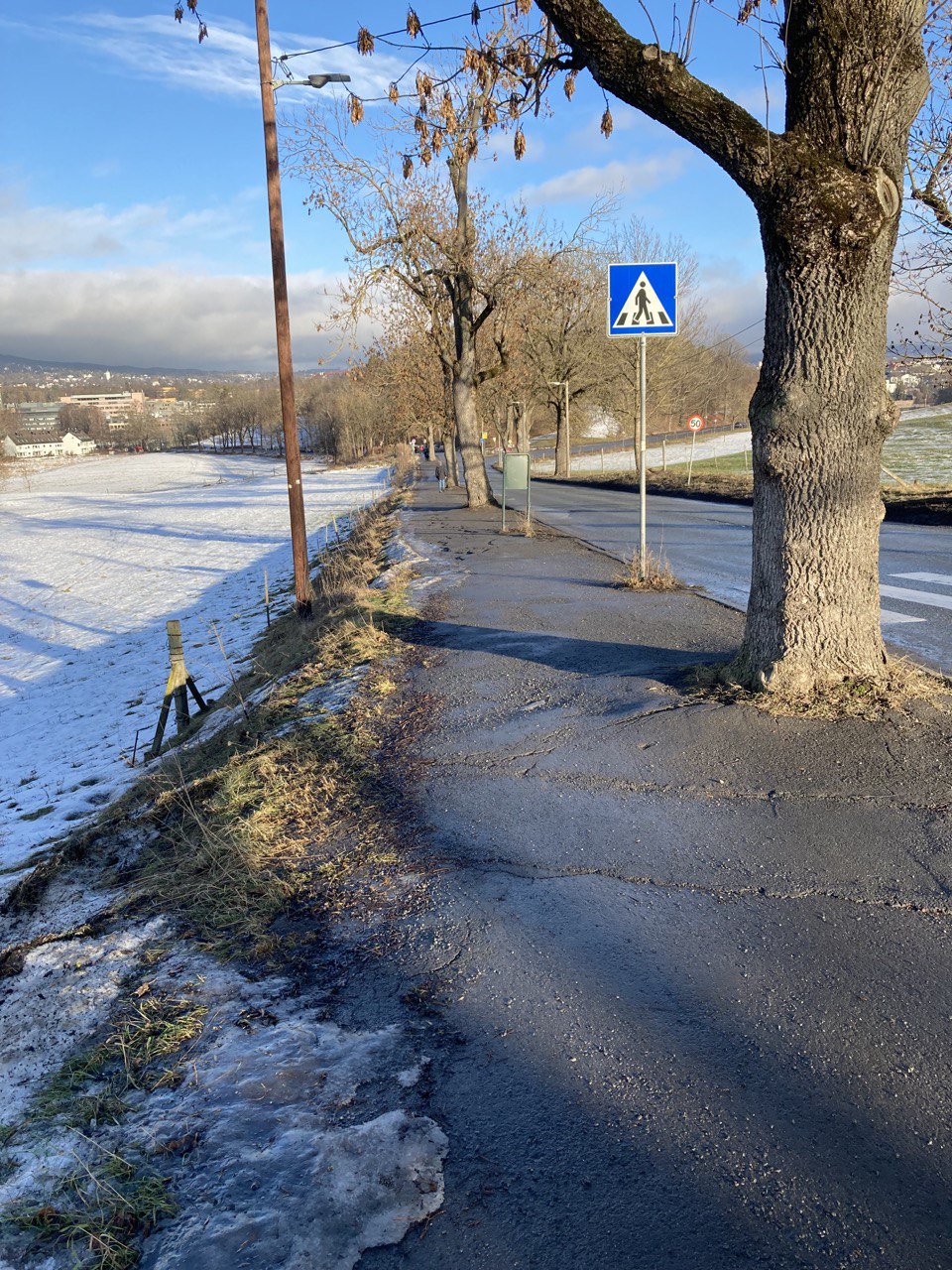 Fig. 9: Bygdøy peninsula entrance.
Fig. 9: Bygdøy peninsula entrance.
Arriving at Bygdøy peninsula at around 12:20 pm, I had only a few hours left to explore in the daylight. Bygdøy peninsula is the largest in Oslo, having and area of a small countryside. Being literally just kilometer(s) from the city centre, it really looks like a Norwegian countryside, while still being an Oslo neighbourhood. Also, some kind of skiing race was present at the time (Saturday afternoon). I took a trip around Natianal history museum of the local settlements. On the way back I encircled the area as a whole.
My main intention was to get to see the seaside, to cool my hands in salty waters of Norwegian. I arrived there after like an hour. I had to take care of the roads and pavements as heavy icing was present too.
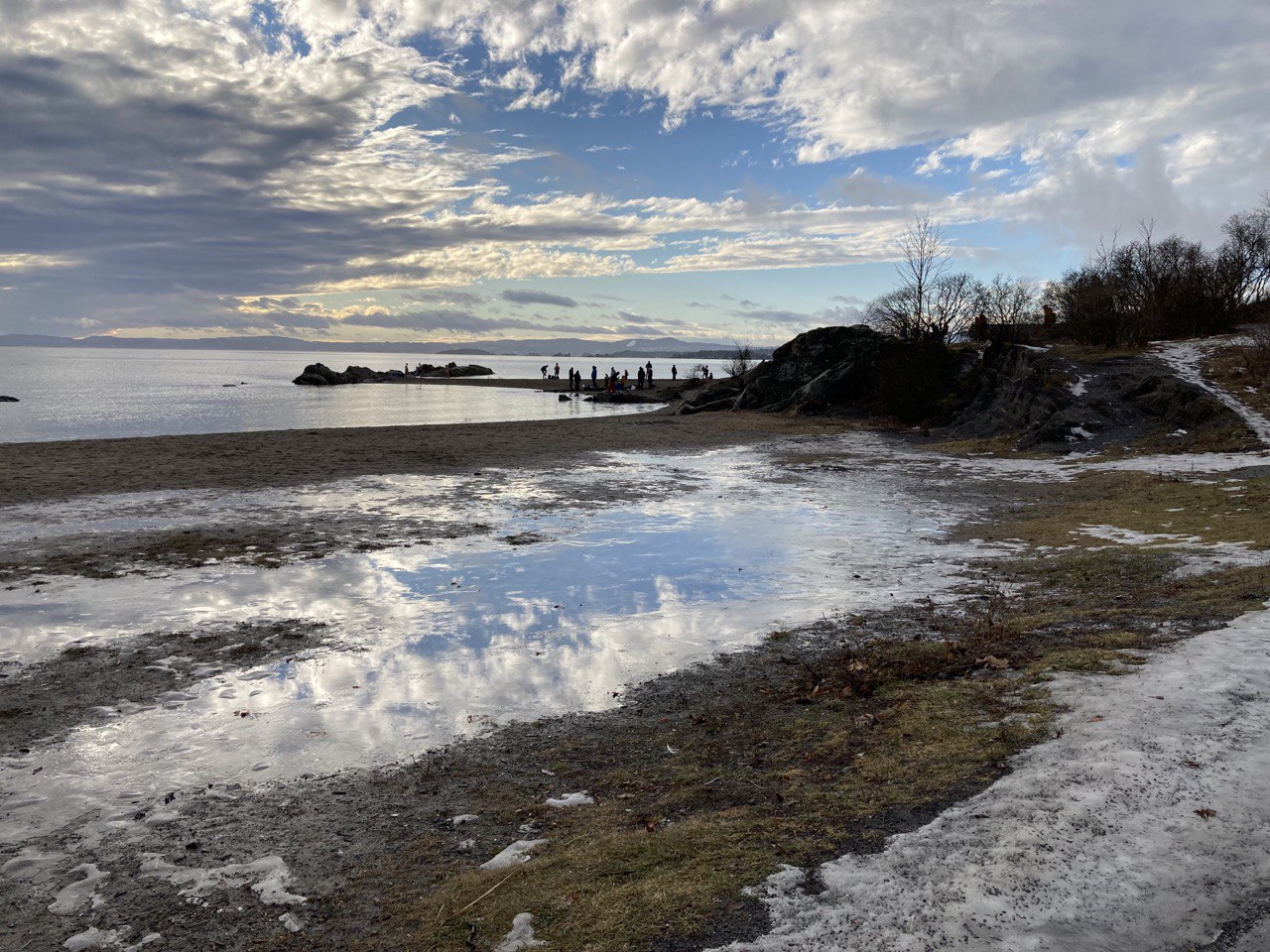 Fig. 10: Bygdøy seaside.
Fig. 10: Bygdøy seaside.
On the trip back to Oslo city, the icing somehow became worse and worse. My winter sneakers were worthless, when walking up the steep roads and walking paths. There was a small settlement too, in my opinion those houses could be those more expensive ones… Electric vehicles were present everywhere too, buzzing around like a calm spring breeze.
After a swift tour of Bygdøy, I returned home to refresh myself with some snacks and warm tea.
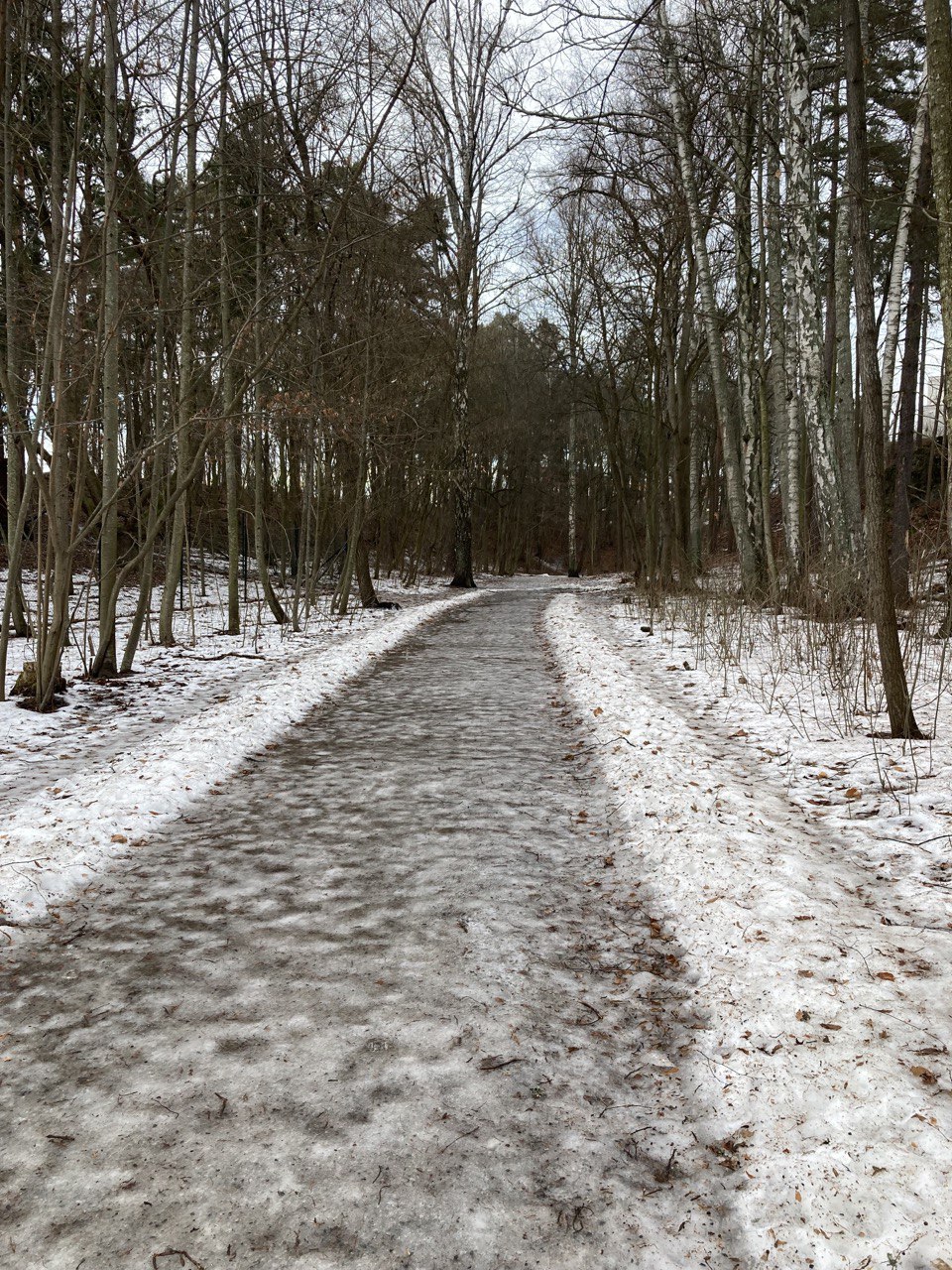 Fig. 11: Bygdøy pathwalk.
Fig. 11: Bygdøy pathwalk.
night city og (and) Vigelandsparken in Frogner
At around 6 pm I decided to take another night walk around the city. I took the train to Oslo main station (Sentral), then went to look for one falafel bistro (Falafel Kings). The food was served by some Syrians speaking only Norwegian, but was delicious and totally worth the freezing weather.
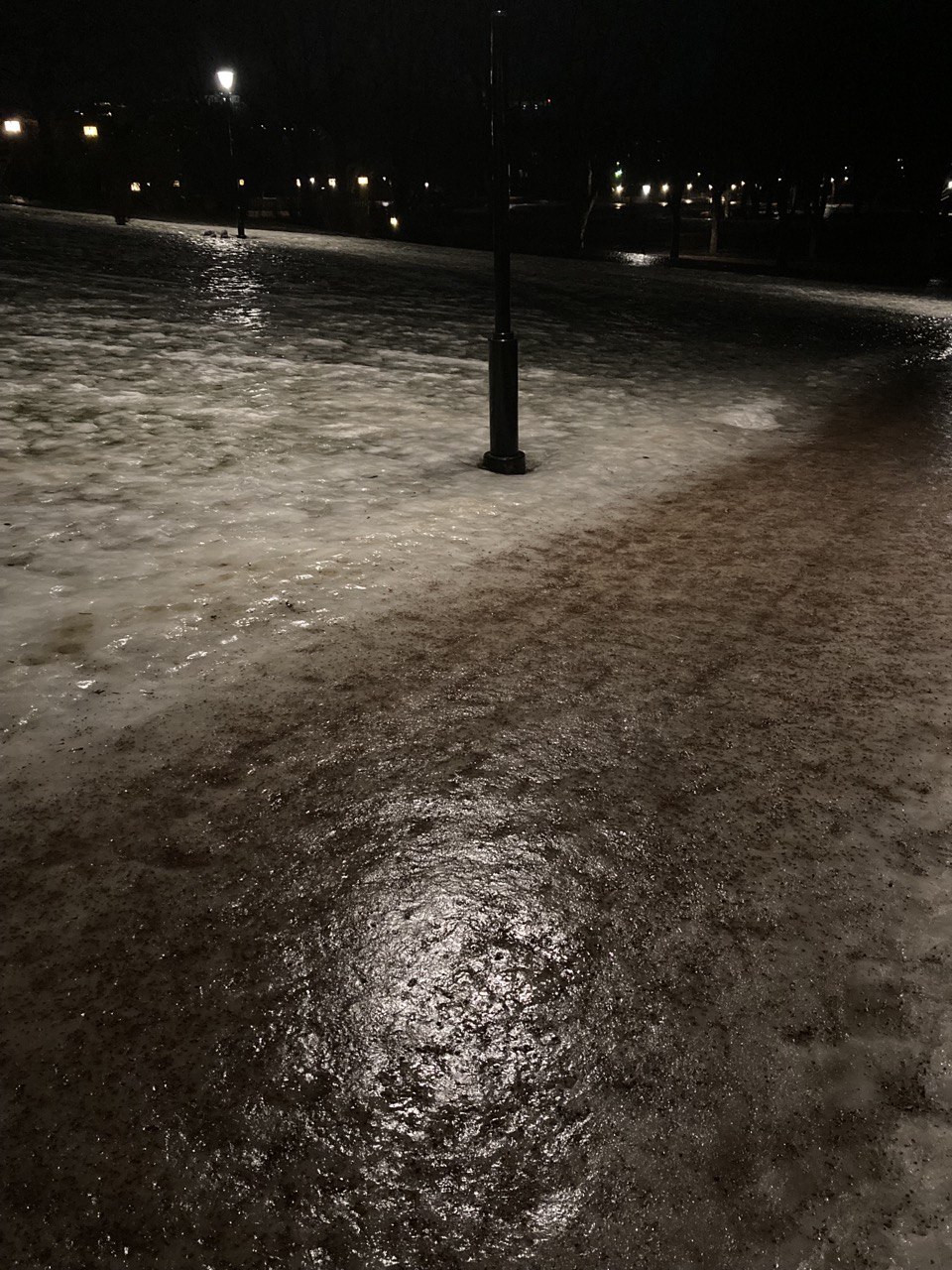 Fig. 12: Heavy icing in Vigelandsparken park.
Fig. 12: Heavy icing in Vigelandsparken park.
Then I took tram to Vigelandsparken (Frogner neighbourhood), or I though I was going there — I missed my stop and had to walk back for two kilometers to the park entrance. It was deep night already (around 9 pm) there in Oslo, and wild started to show its strength of coldness. Virtually every piece of ground was frozen, making a huge icerink all over the park. When I arrived to famous “square”-like place, my hands were nearly frozen too as I wanted to take as many pictures possible.
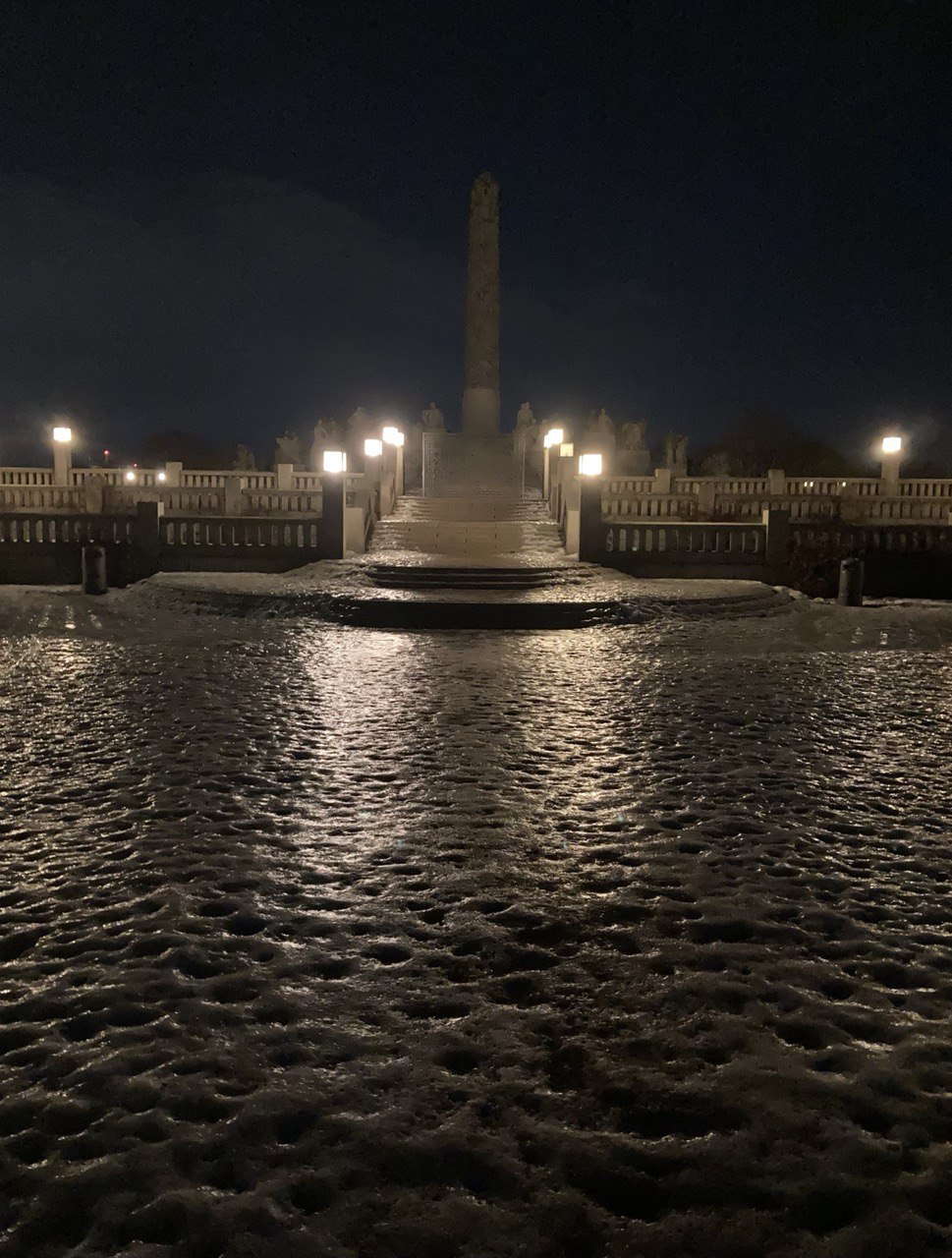
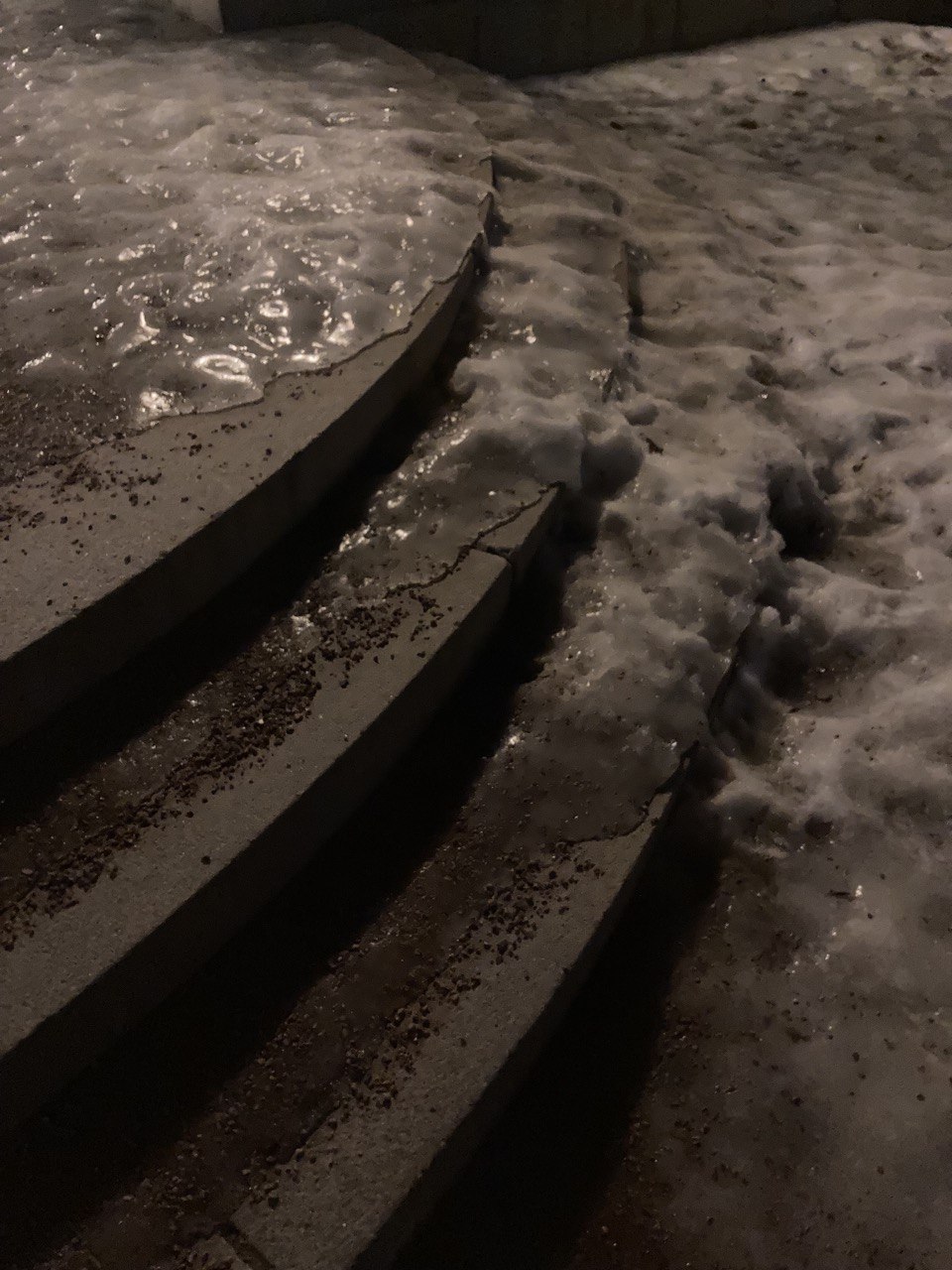 Fig. 13: Another pictures showing the heavy icing in Vigelandsparken park.
Fig. 13: Another pictures showing the heavy icing in Vigelandsparken park.
After a freezing tour I decided to head stright home via Frogner and Skøyen neighbourhoods.
day 3, January 30, Sunday
embassies-seeking
Next morning, I woke up around 8 am, relizing it is still half-night in terms of daylight. I left the building at around 10 am and went on feet directly to the city centre to see Barcode at Oslo Sentral station, to see Munch museum building, to see famous Oslo operahuset, to see and sit on embankment.
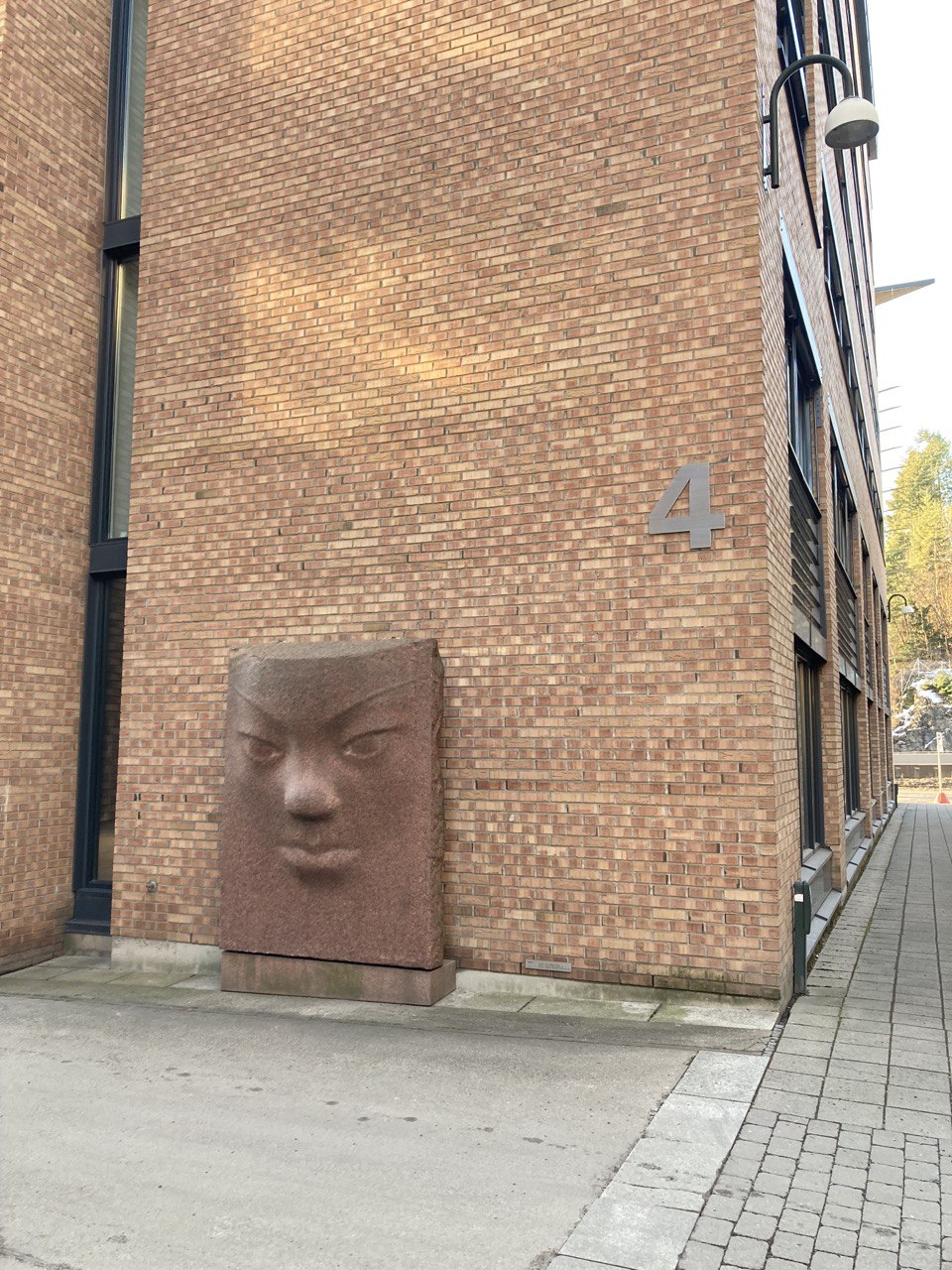 Fig. 14: Unknown sculpture in the streets of Oslo.
Fig. 14: Unknown sculpture in the streets of Oslo.
Wandering the streets of Frogner, I saw numerous embassies emerging, namely Polish, Slovakian, Czech and Austrian embassies popped from my memories of this trip.

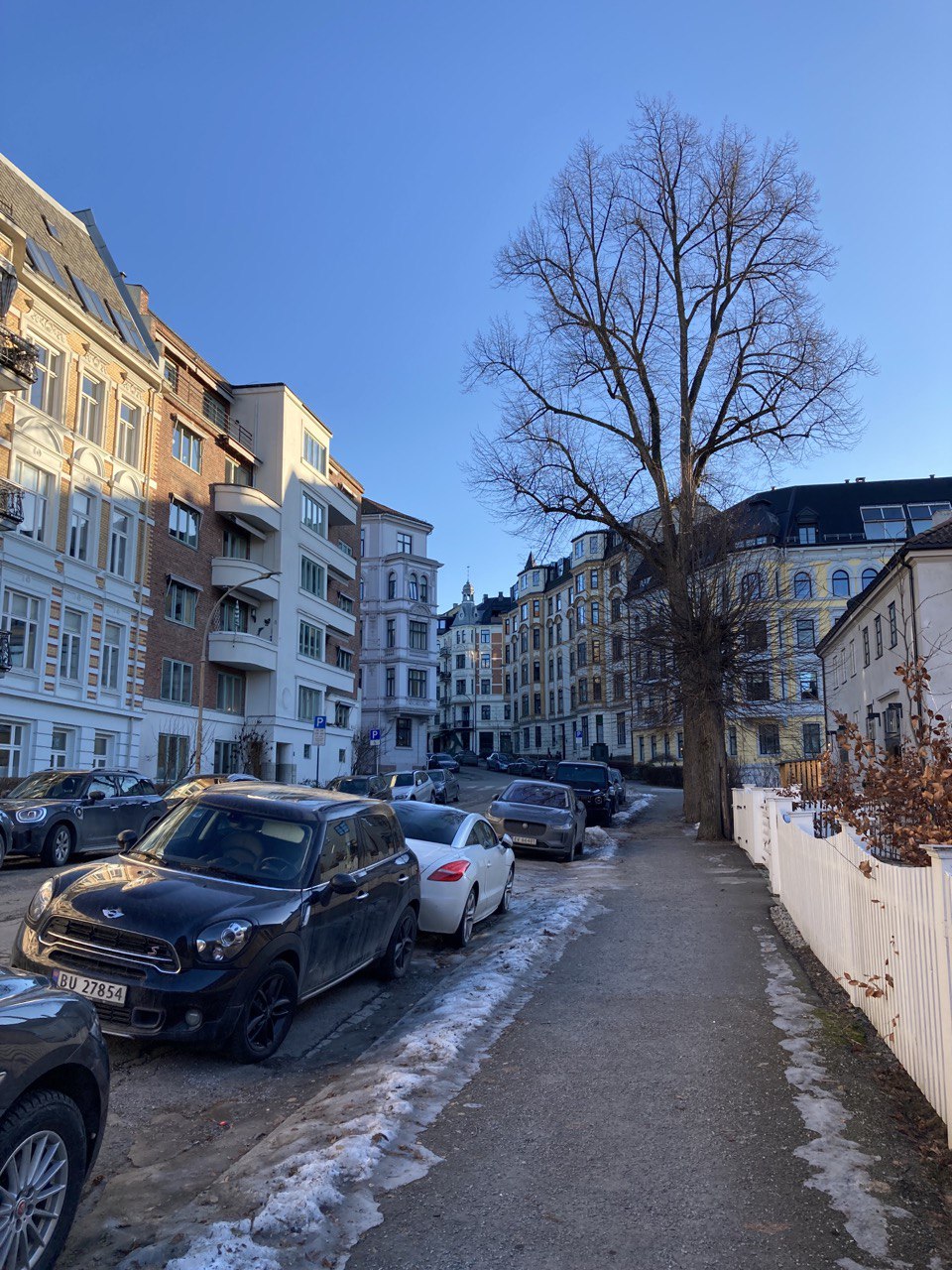
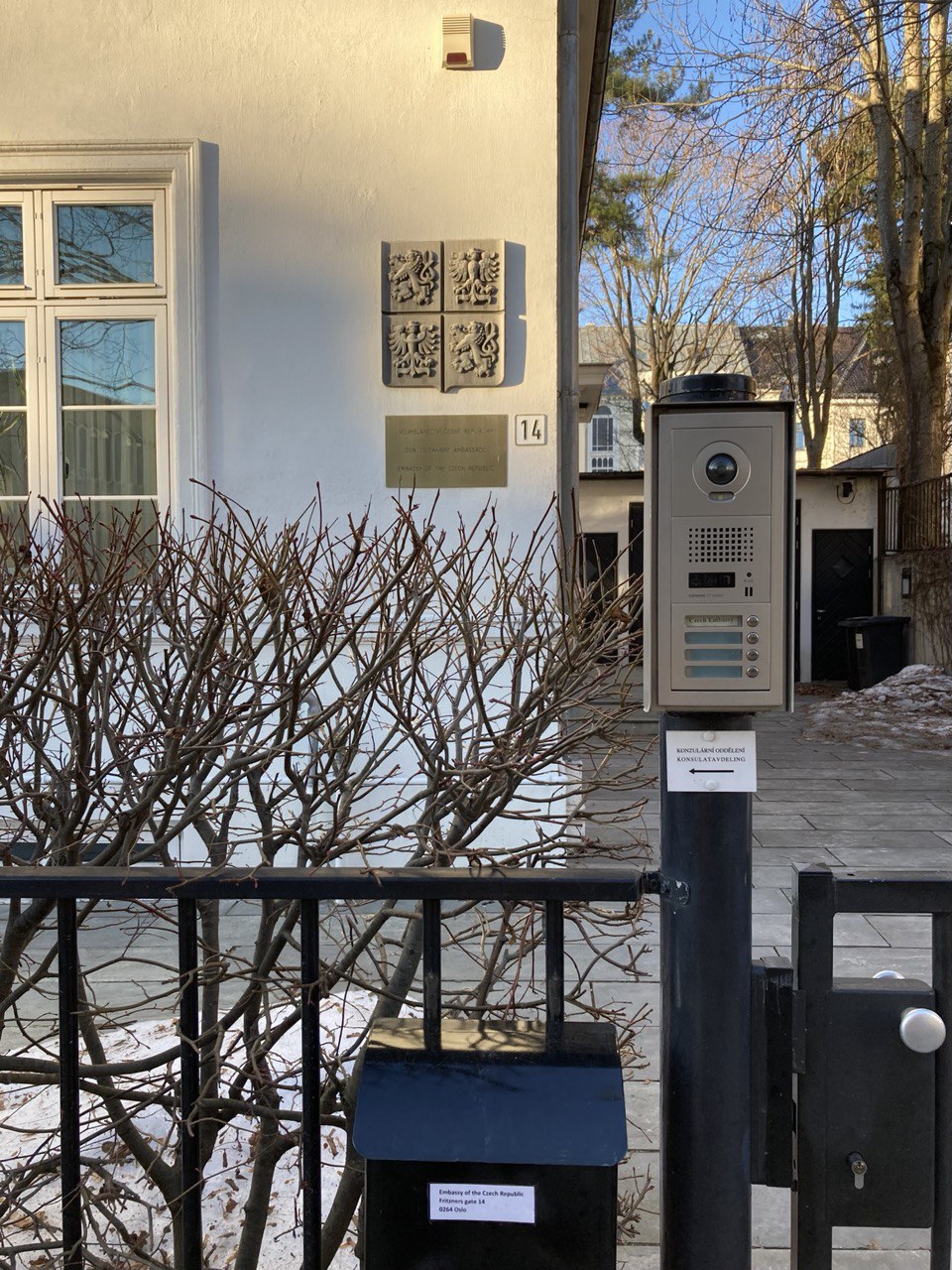 Fig. 15: Frogner neighborhoods, Polish and Czech embassies.
Fig. 15: Frogner neighborhoods, Polish and Czech embassies.
I remember walking down the streets of Oslo, when group of random people could be seen rushing to some other buildings on the street. It took me a while, since I relized those were prayers and going to holy mass as Norway is highly religious.
Eventually, I took a bus to center, near the main station, as the Barcode buildings are located there nearby.
For all public transportation in Norway I used the app called Ruter (Router), which gave me perfect feedback on what type of transportation should I take. Many times it would be faster to just take a bike and ride there that way. I did not feel comfortable using bike in the unknown streets of Oslo though.
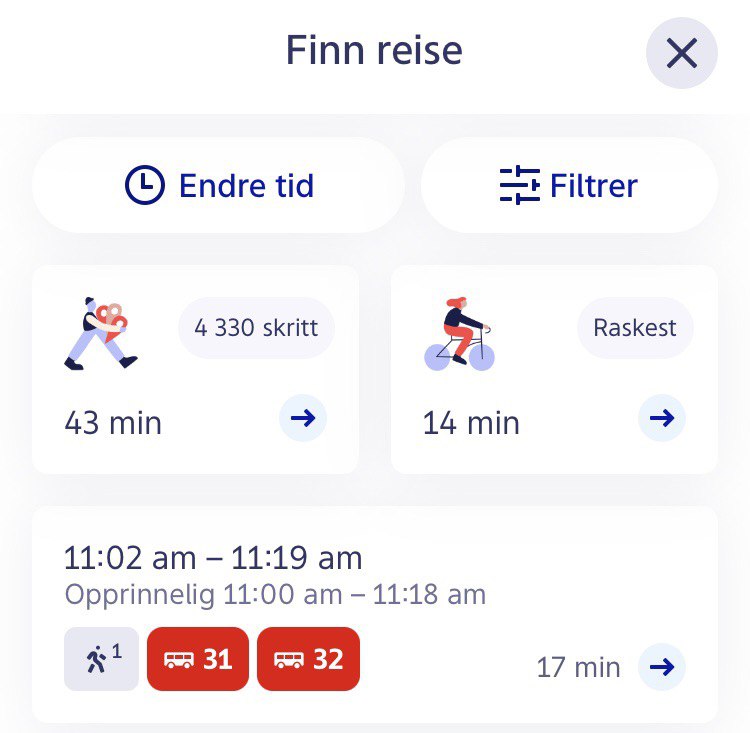 Fig. 16: Ruter app screenshot in Norwegian showing the fastest trip being taking a bike ride to the destination.
Fig. 16: Ruter app screenshot in Norwegian showing the fastest trip being taking a bike ride to the destination.
Barcode og Oslo operahus
Once again, I missed my stop when on the bus, meaning I had to take a walk back to see the Barcode project buildings at the main train station of Oslo. Those walks were comfy as the streets tend to be clean and full of abrasive rocky-like substance on the pavements mitigating the icing mildly.
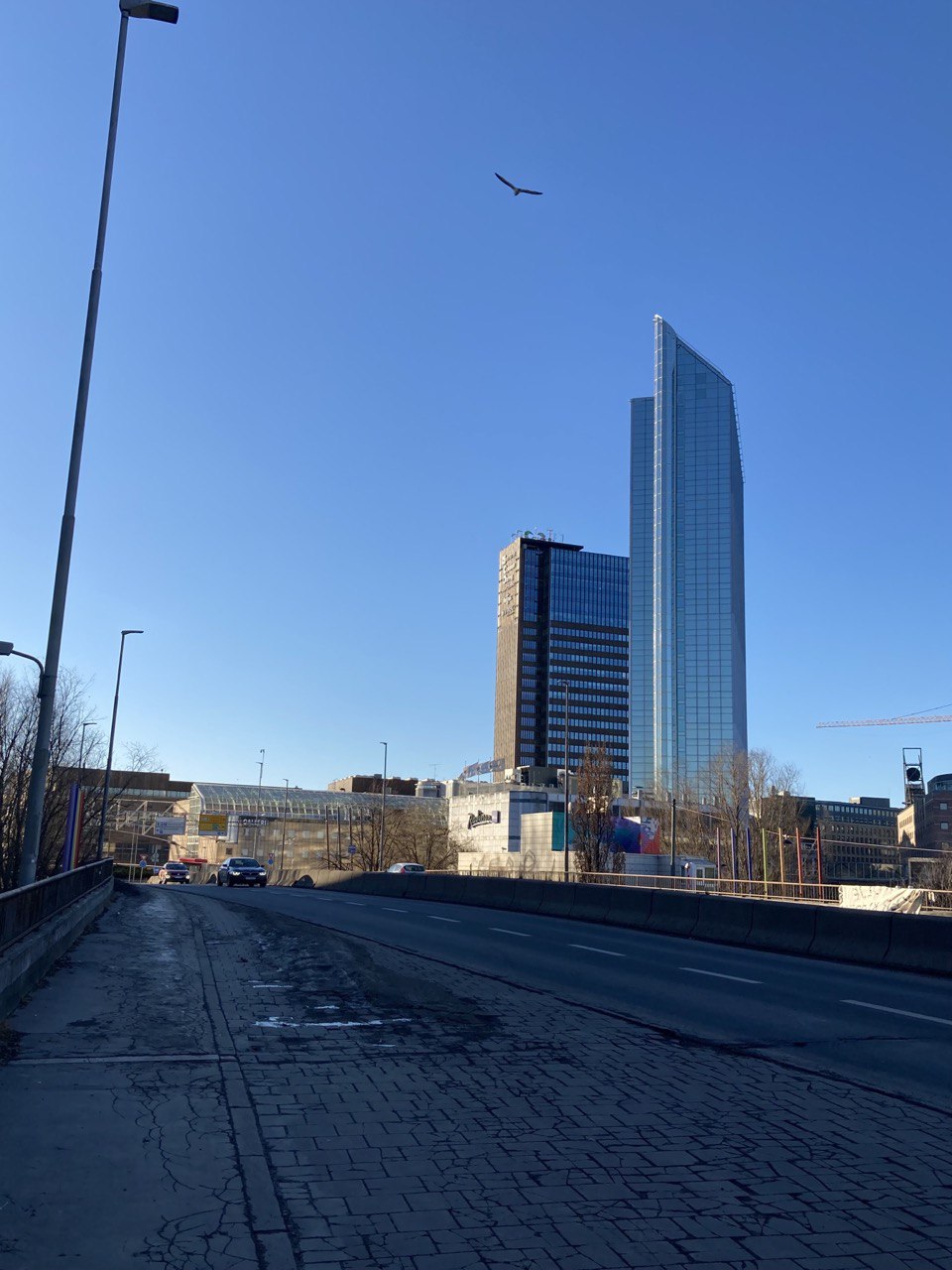
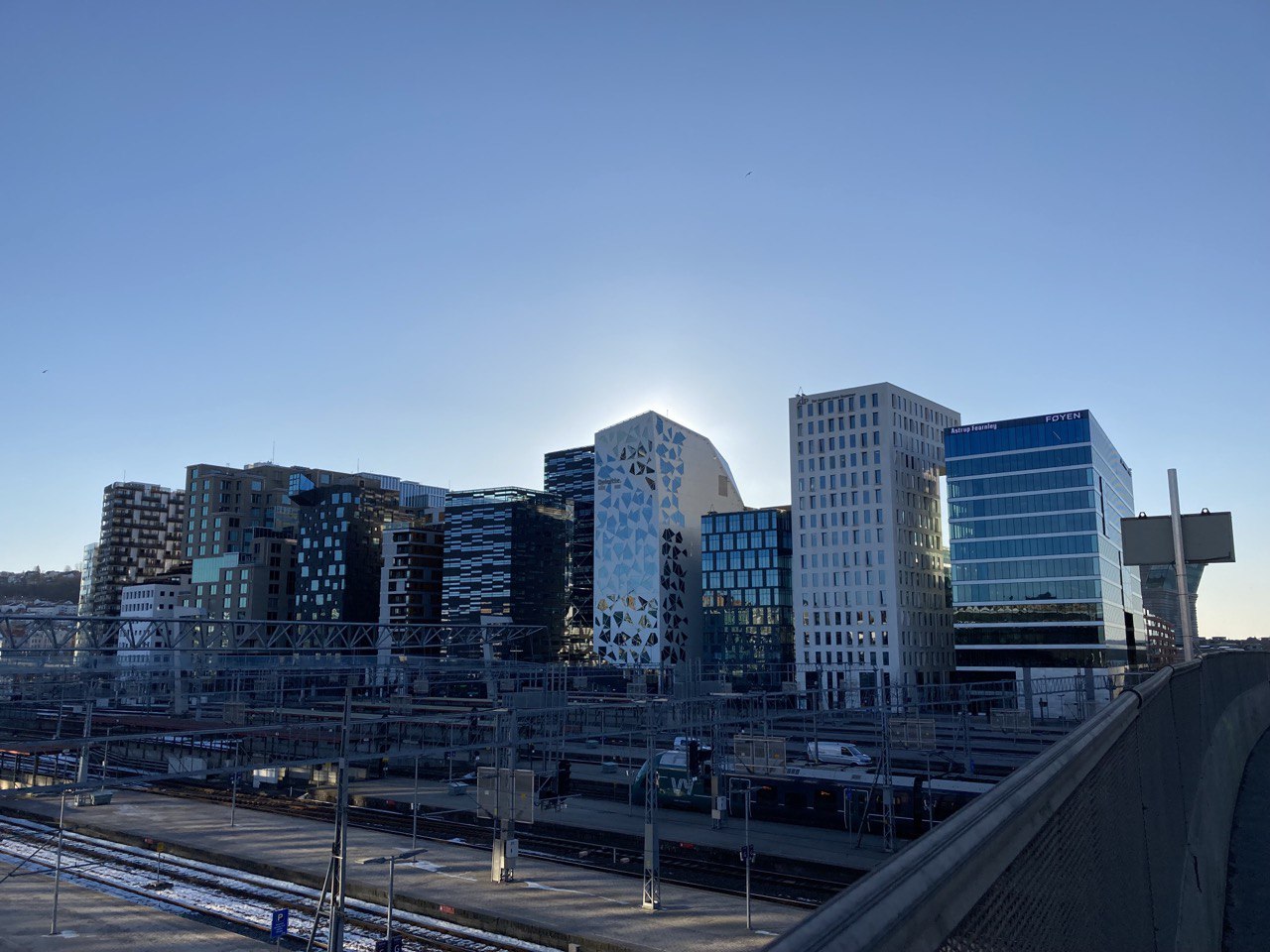 Fig. 17: Bridge above the main train staion, and Barcode panorama.
Fig. 17: Bridge above the main train staion, and Barcode panorama.
I was fascinated by the nearby cycle lane at Barcode, as it was fitted to the street around, enabling the cyclist to take a safe ride off road. My accommodation host later said, that people of Oslo were kind of disappointed by this fabrication, as they had to uproot many of local trees.
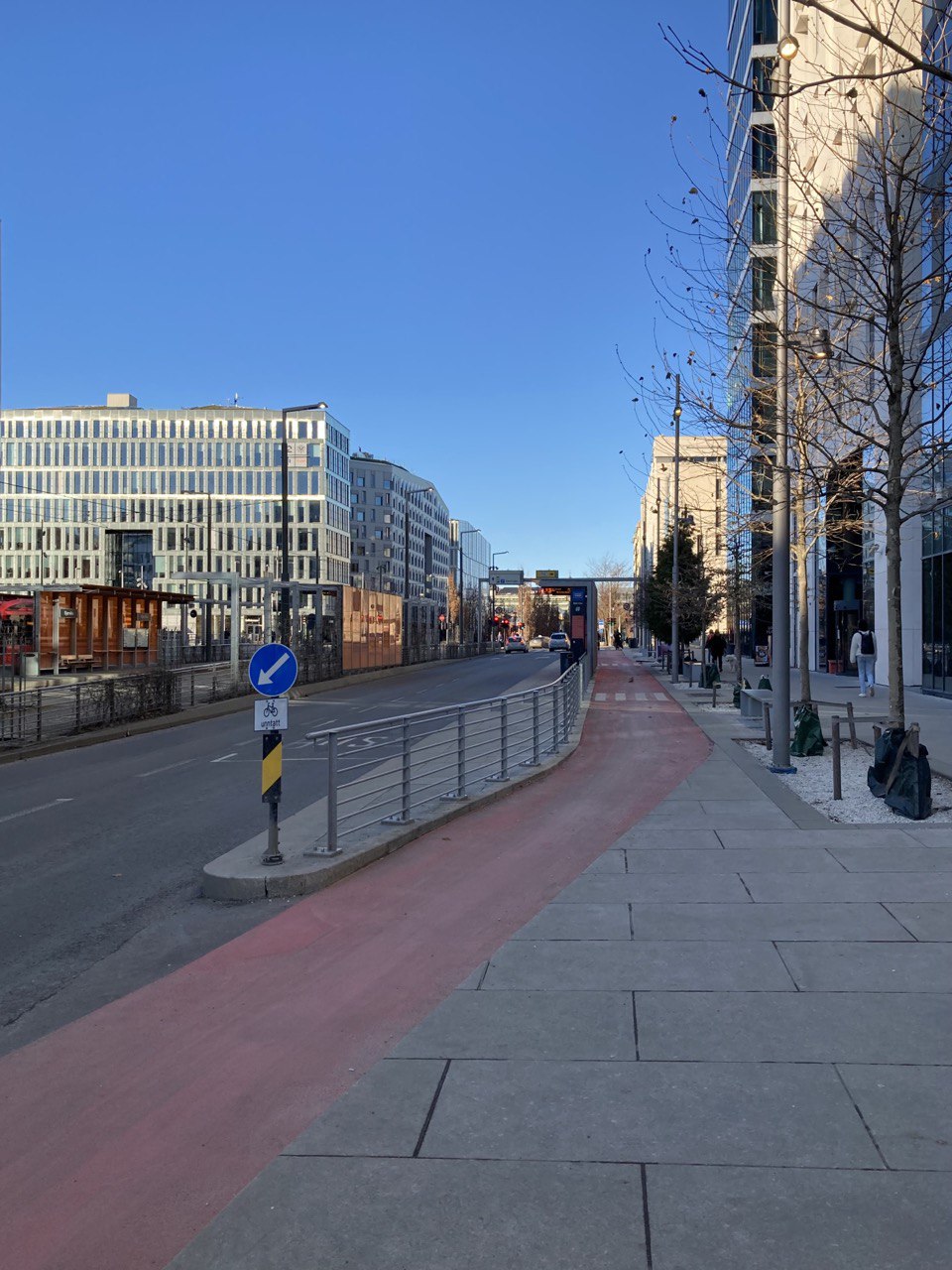 Fig. 18: Barcode street (Dronning Eufemias gate) with cycle-lane.
Fig. 18: Barcode street (Dronning Eufemias gate) with cycle-lane.
Then, out of nowhere, I stepped in to “Oslo Venice” looking neighbourhood of Bjørvika, when those “floating” building were situated above the sea level just a few steps from the Munch museum building and Operahuset (the Opera house).
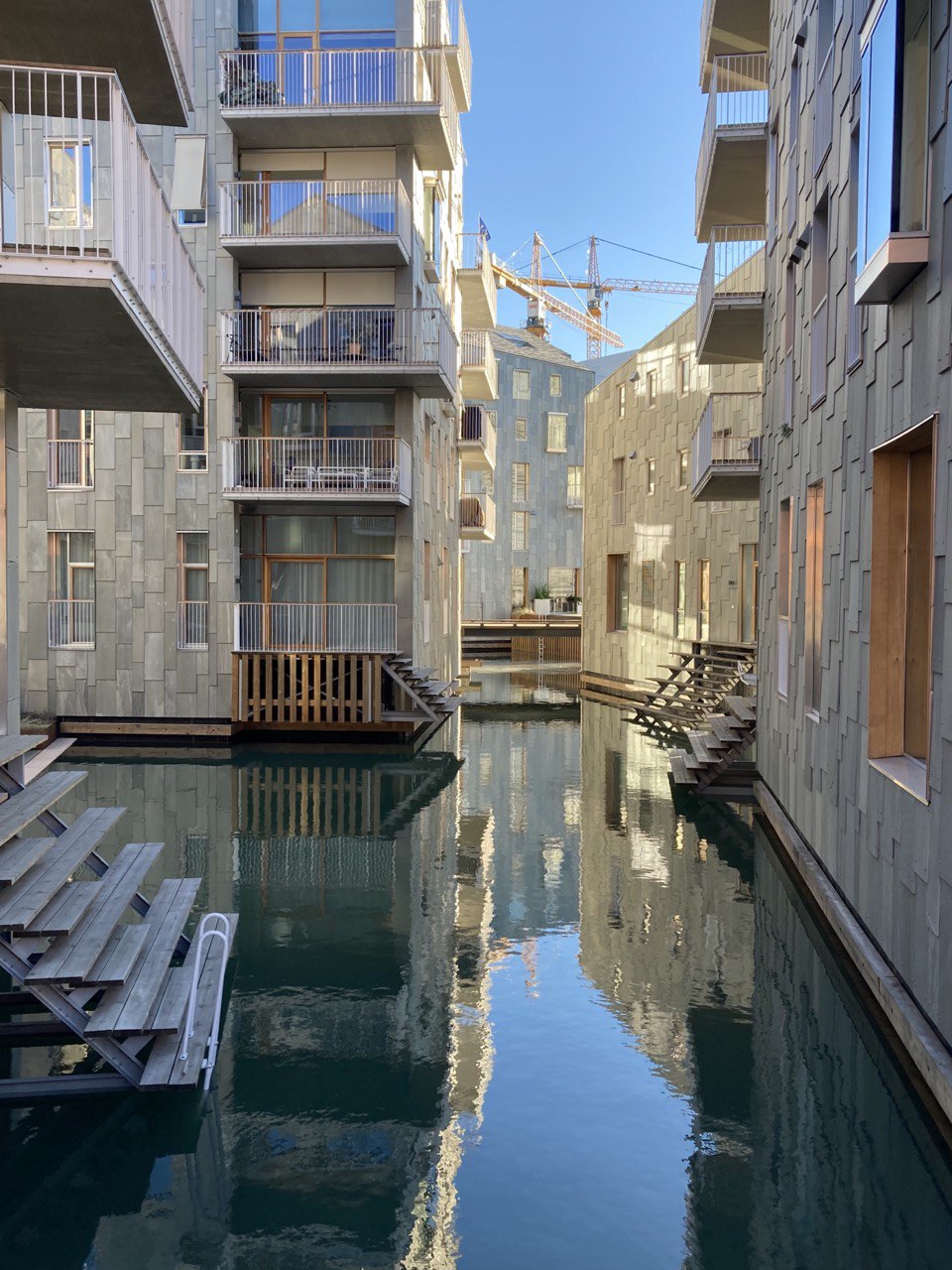 Fig. 19: Bjørvika neighborhood.
Fig. 19: Bjørvika neighborhood.
Walking towards the Operahuset, I came to a bridge with an interesting structure, meaning the bridge “fences” were constructed with broken glass shielding. Not sure if intended, but seemed very effective.
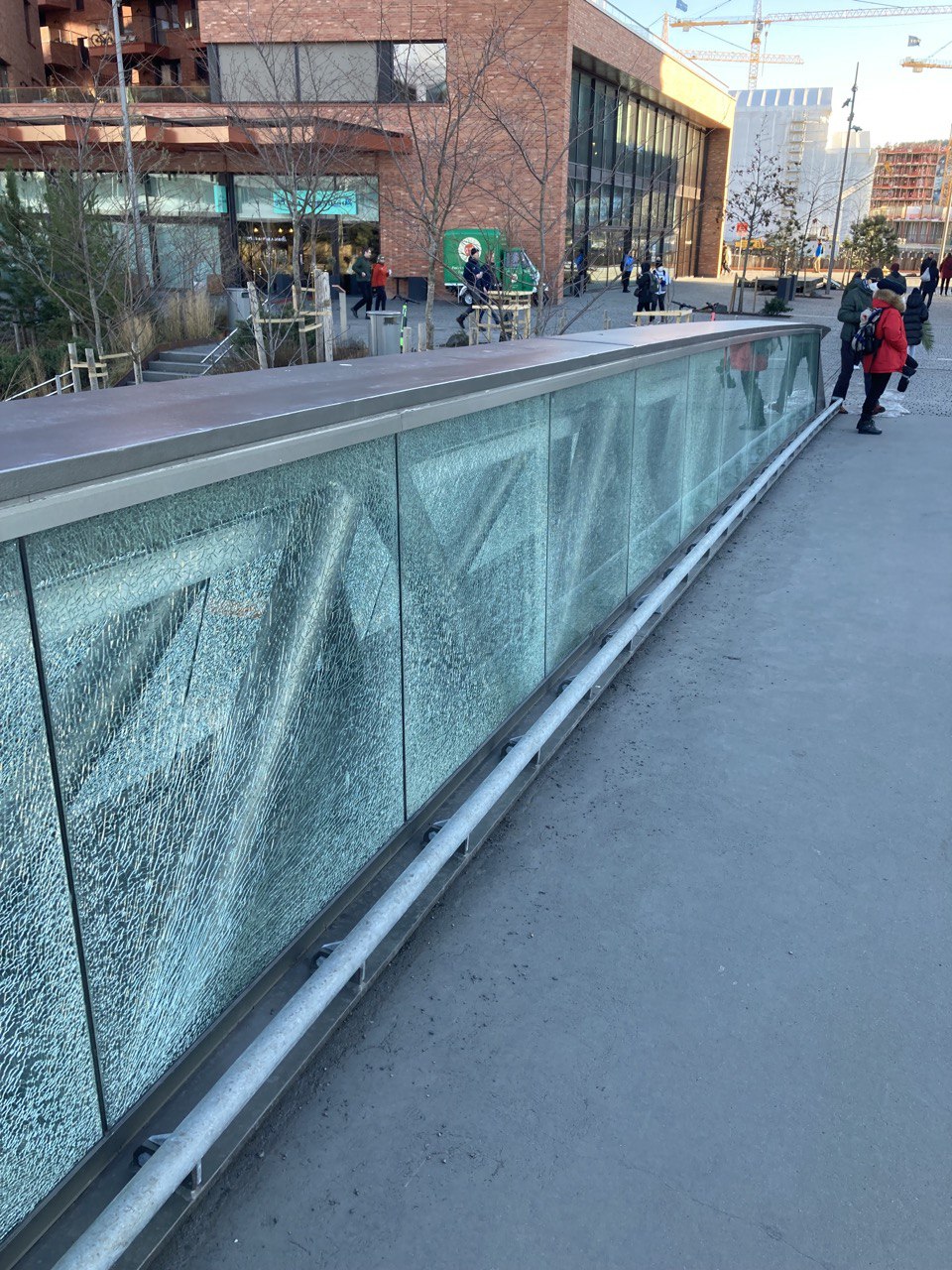
 Fig. 20: Oda Krohg bridge detail, and unknown architecture thumbnail.
Fig. 20: Oda Krohg bridge detail, and unknown architecture thumbnail.
Also, I wander through the little Bjørvika harbour, where many boats were covered for winter, and many saunas were present too. When cautiously steping over heavy icing, I find myself standing in front of Operahuset. It is a unique, very modern concrete-stone-glassy building, that is constructed to be “walkable” from the bottom to the top easily.
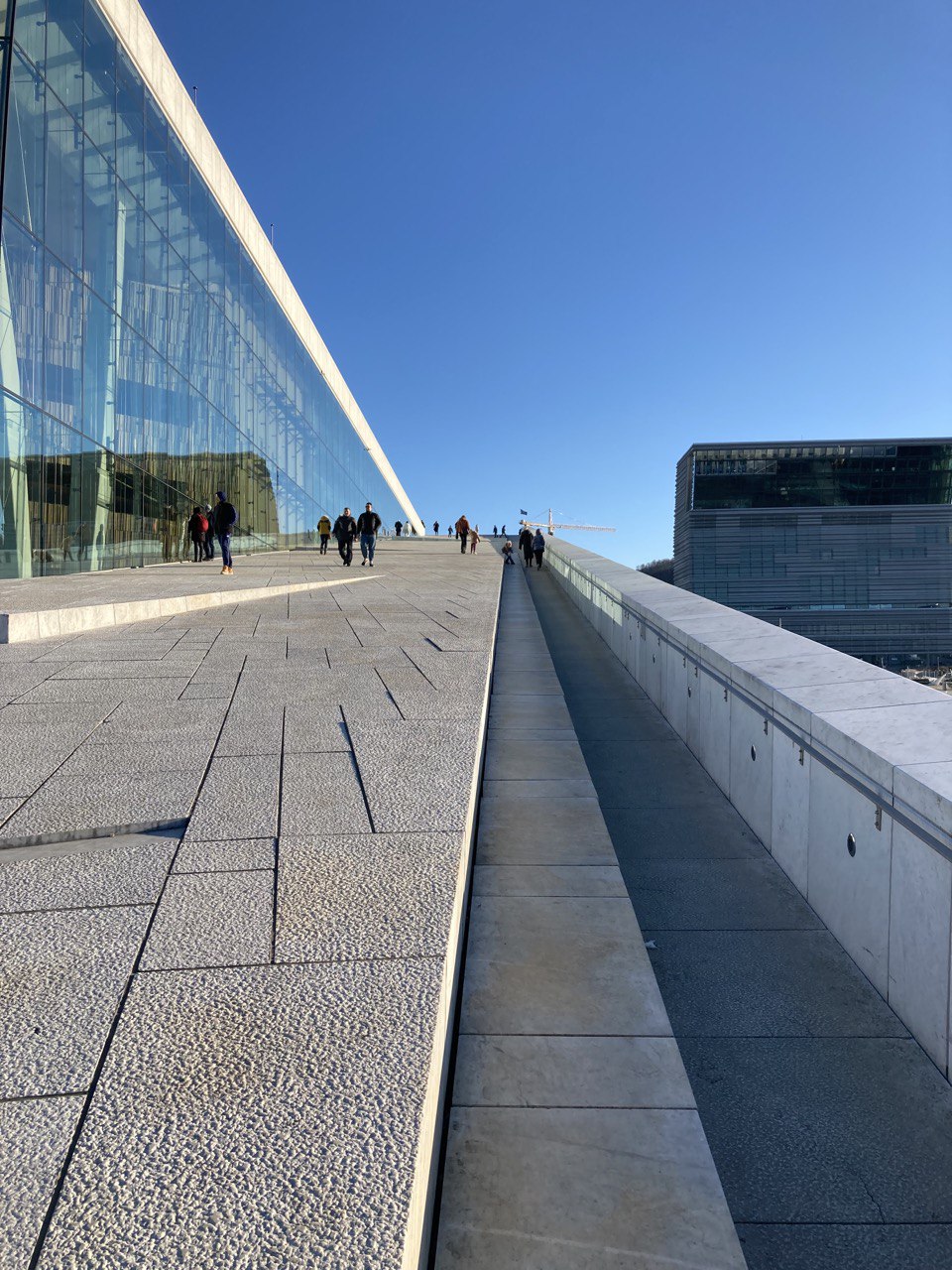 Fig. 21: Walking up the Operahuset.
Fig. 21: Walking up the Operahuset.
Then I walked by the embankment to find some warm drink to refresh myself (I was carrying a little shacker with green tea potion). So I found this little bar, where I ordered a ginger beer to “warm up”. Next, I continued was walking and wondering by the local clean, ad-smog-free architecture and streets.
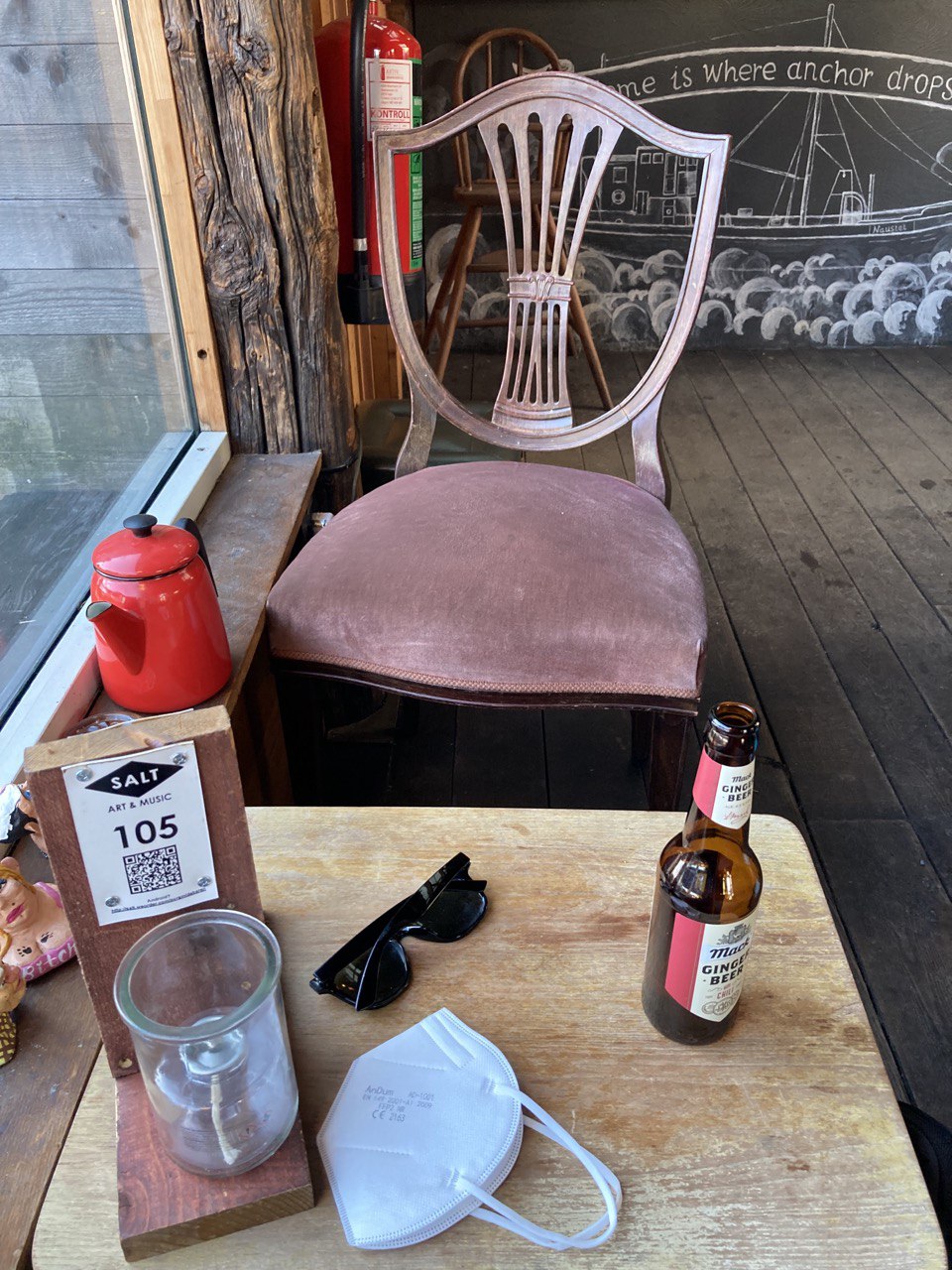
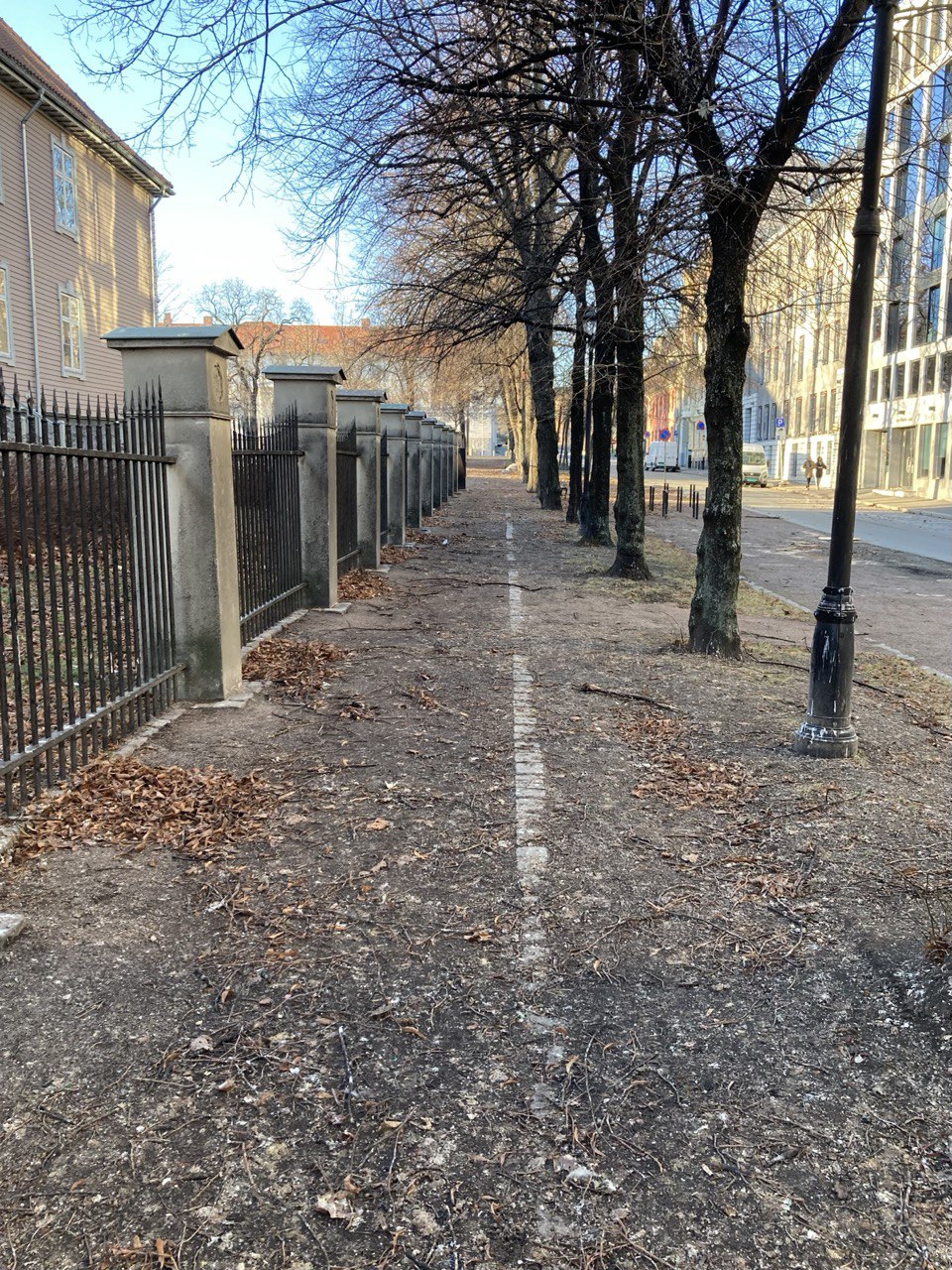
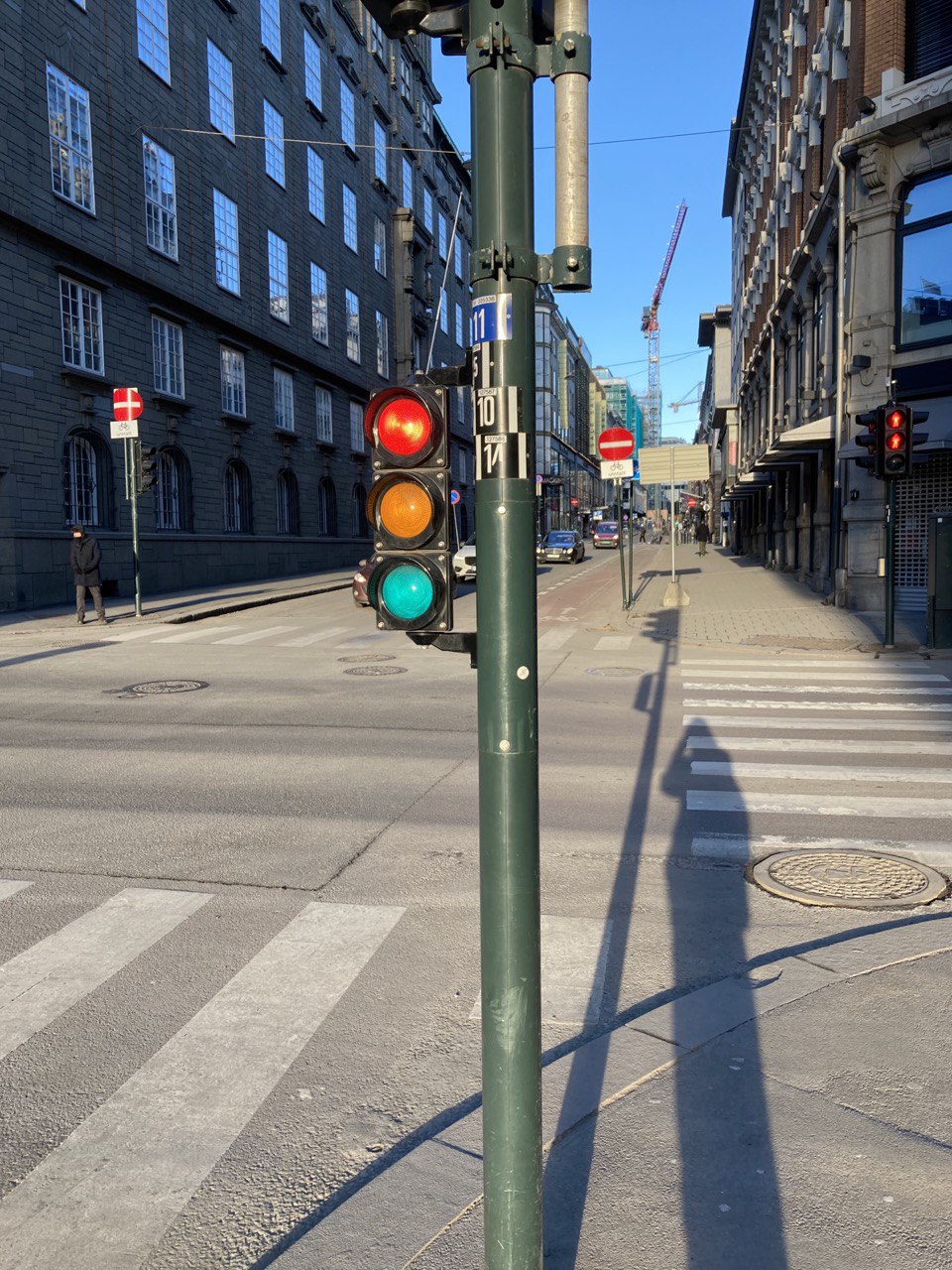 Fig. 22: Ginger beer with chilli, and the streets of Kvadraturen.
Fig. 22: Ginger beer with chilli, and the streets of Kvadraturen.
references
laks out of Norway
Then, I decided to take a bite of some local fish, to pop in some local “foundry”. So I went by the underground train to Mojorstuen disctrict, where I found this Valkyrien restaurant with kind of a cheap beer (circa 60 NOK). I ordered stekt laks (fried salmon), which was garnished by fresh vegetables and served with some kind of butter-like salt paste on the top of a slice of lemon. Everything was perfectly delicious and I have to note, that this salmon was the best one I have ever eaten.
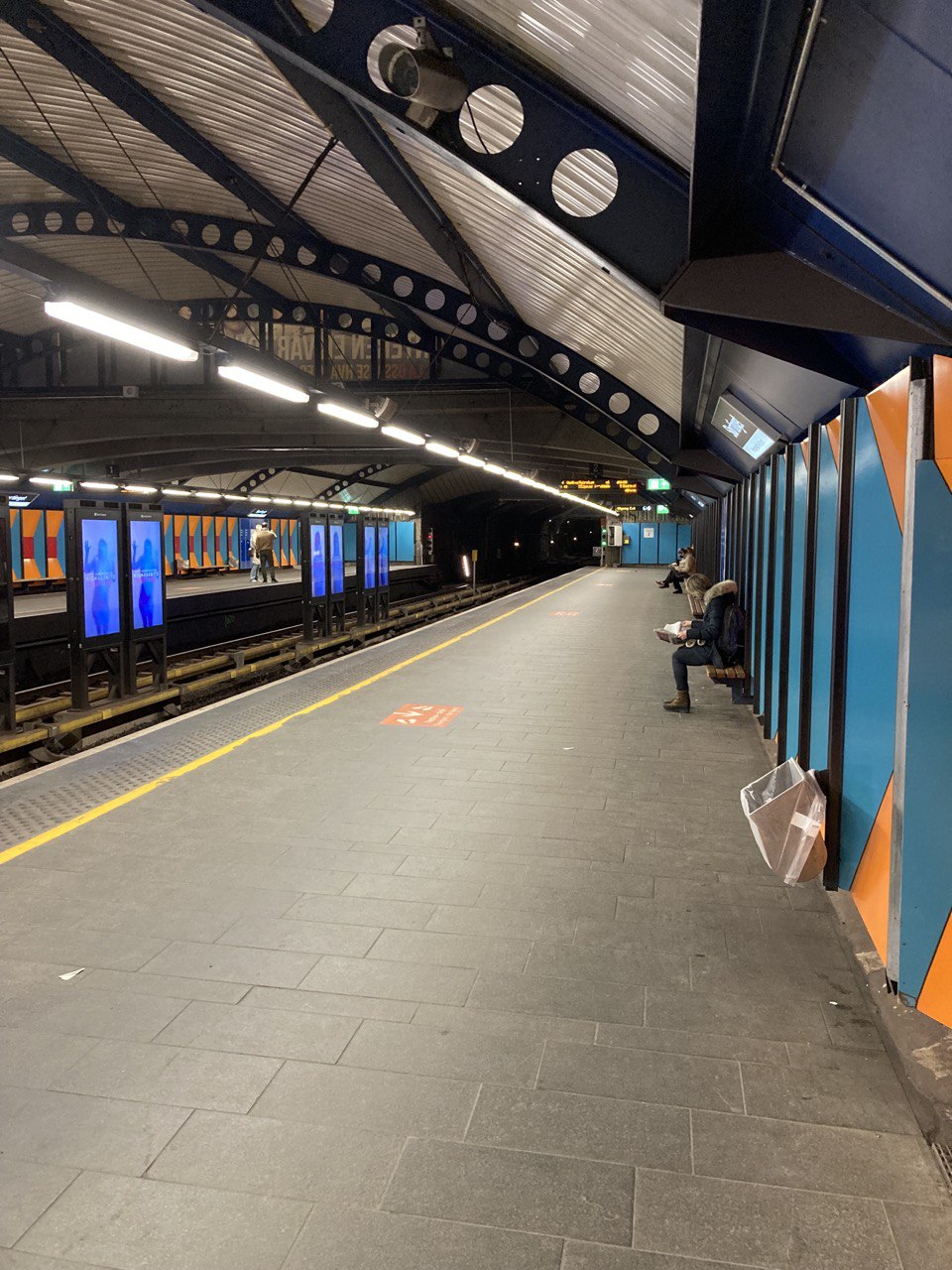
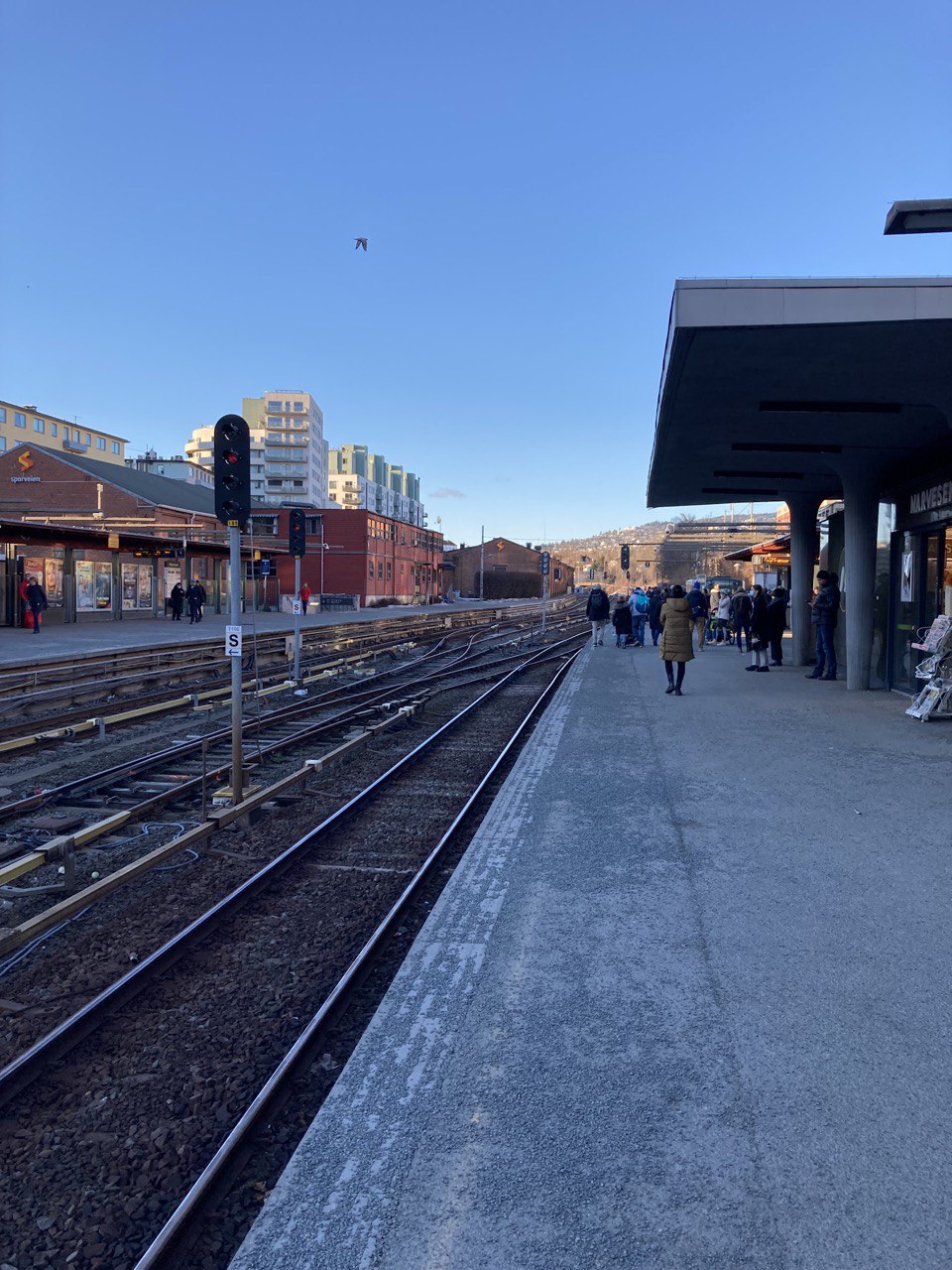
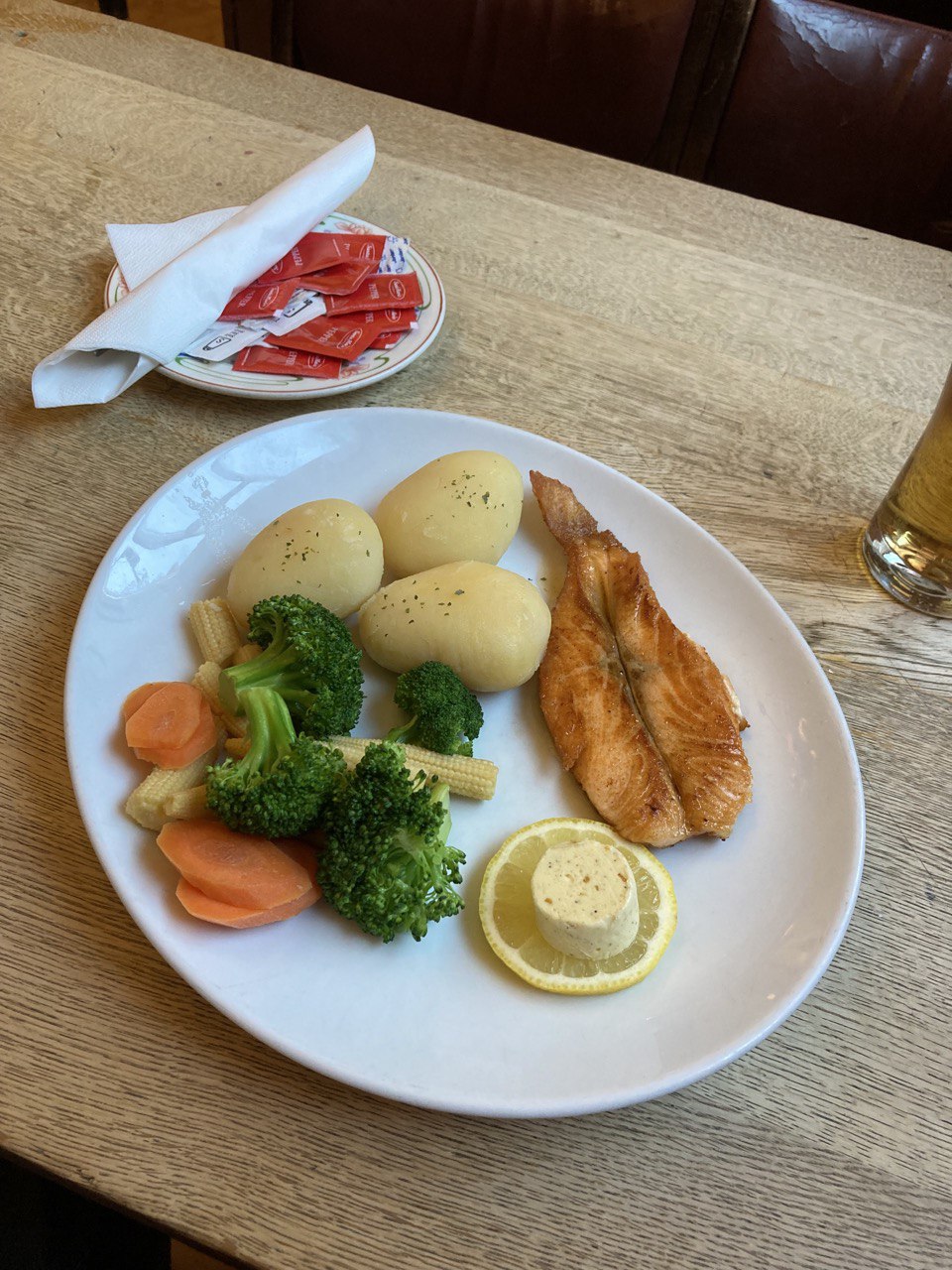 Fig. 23: Oslo underground, and fried salmon in random pub.
Fig. 23: Oslo underground, and fried salmon in random pub.
In the coming evening of northern sun, I decided to go on walking to see as much as possible. So I explored Nationaltheatret stasjon (underground and train station), then went again to see the seaside, where Oslo rådhus (Oslo City Hall)
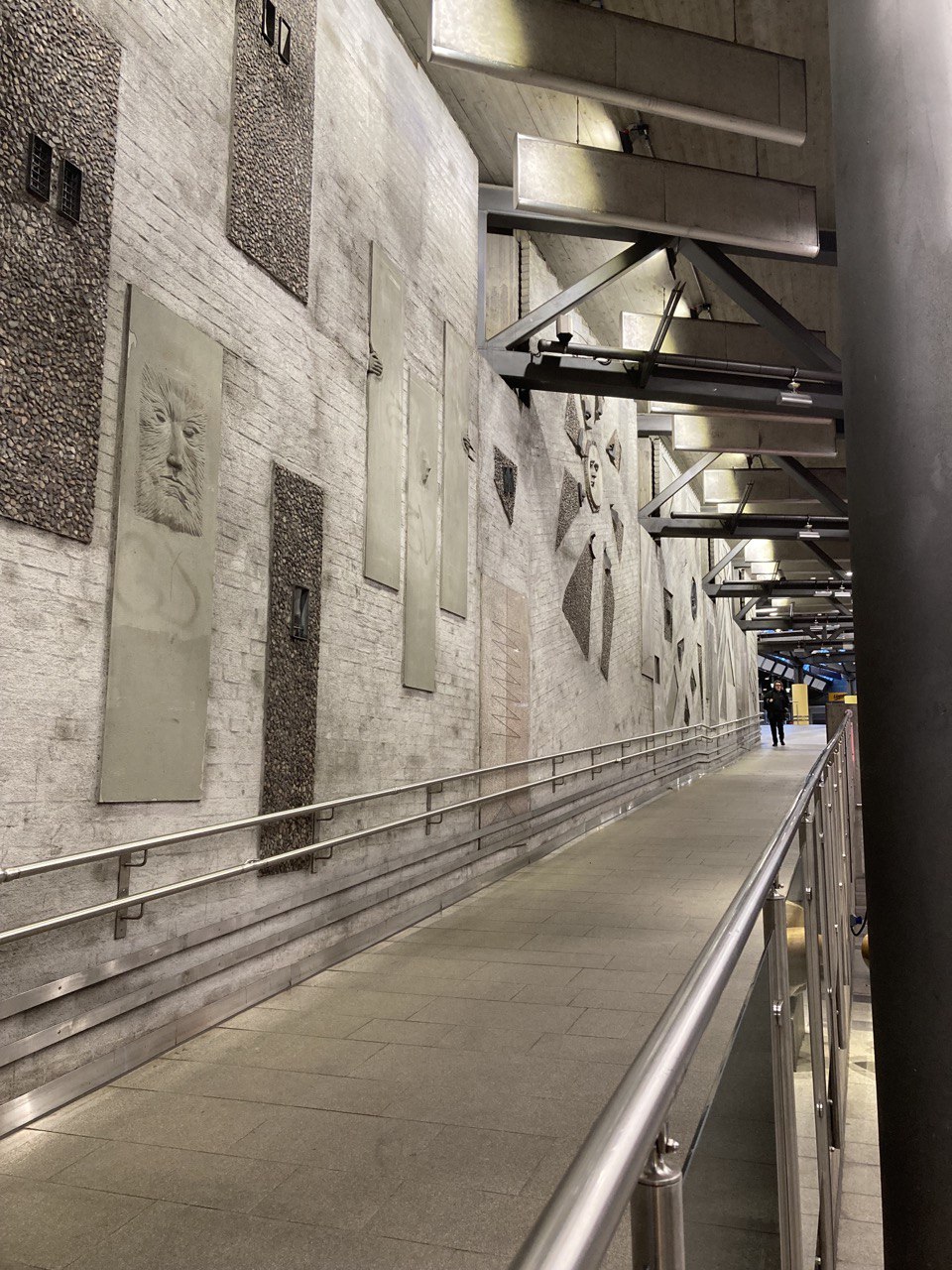
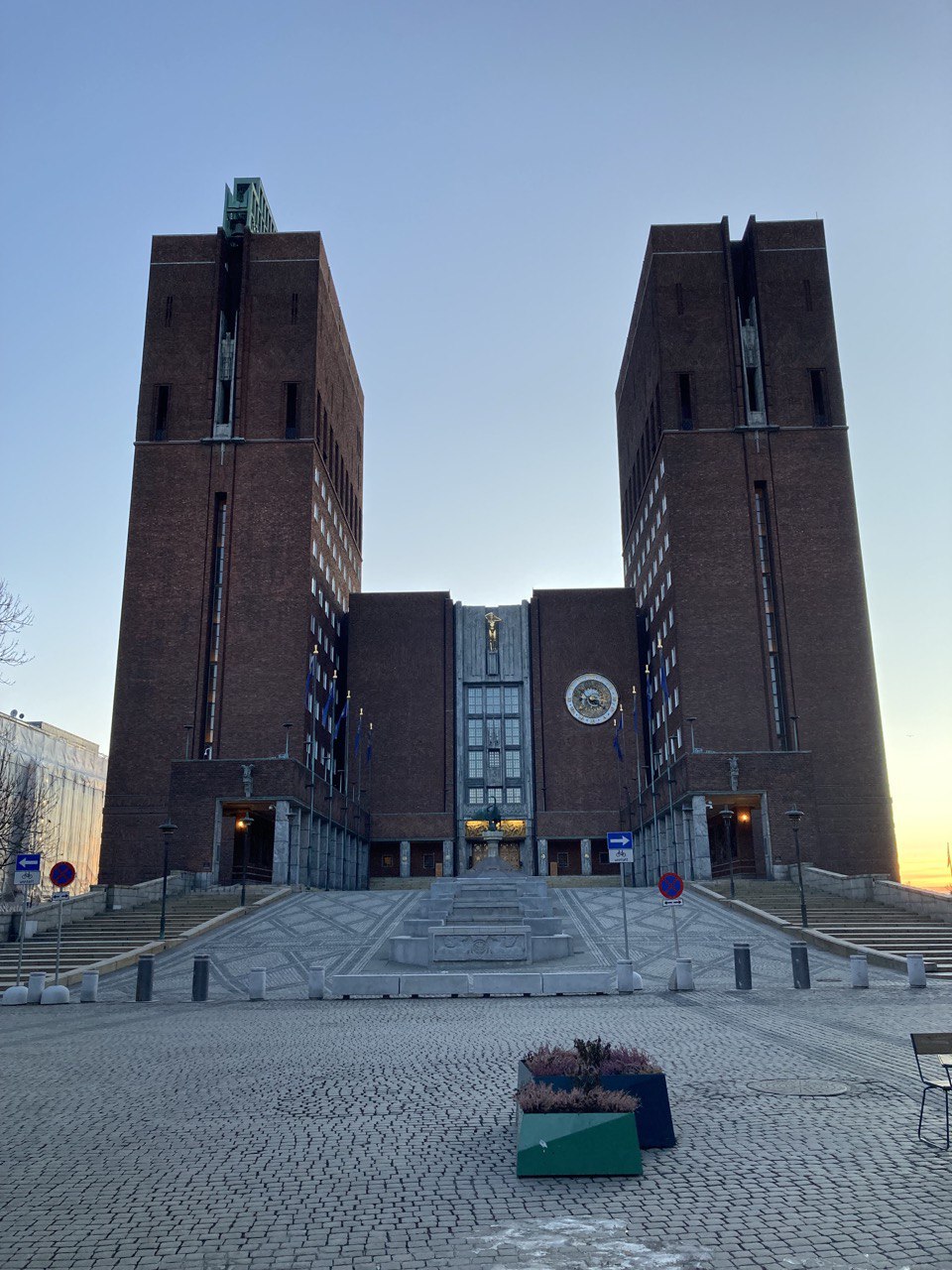 Fig. 24: National theater underground station walls, and Oslo town hall at sunset.
Fig. 24: National theater underground station walls, and Oslo town hall at sunset.
I also wanted to see The Viking Planet, but I missed the opening hours, so I could just see the entrance of the facility.
references
day 4, January 31, Monday
rush to Oslo Gardermoen
The flight back was scheduled to 11:20 am that morning. I woke up about 8:30 am, so I was kinda in a hurry when I realized so. I quickly searched for the nearest trains to Gardermoen airport knowing it usually takes about 35 minutes. This time I chose VY train. I arrived at airport about 10 am, swiftly went to security control and passport check and around 10 minutes later I found myself sitting at the gate.
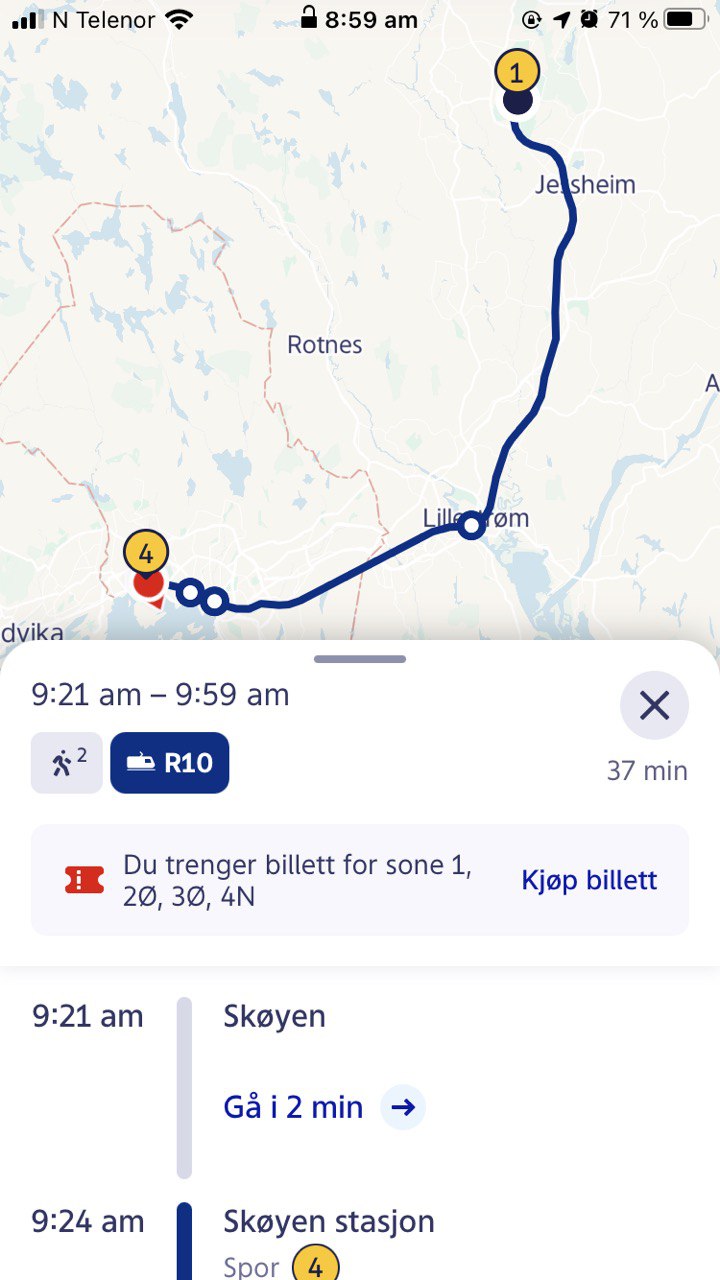 Fig. 25: Ordering a ticket to Oslo Gardermoen airport using the Ruter app.
Fig. 25: Ordering a ticket to Oslo Gardermoen airport using the Ruter app.
flight to Vienna
Though COVID-19 wave was peaking at the time, all controls and traveling was comfy, calm, and fast. The airport was not in a big rush as expected, at the gate was only a small group of people waiting for their flight.
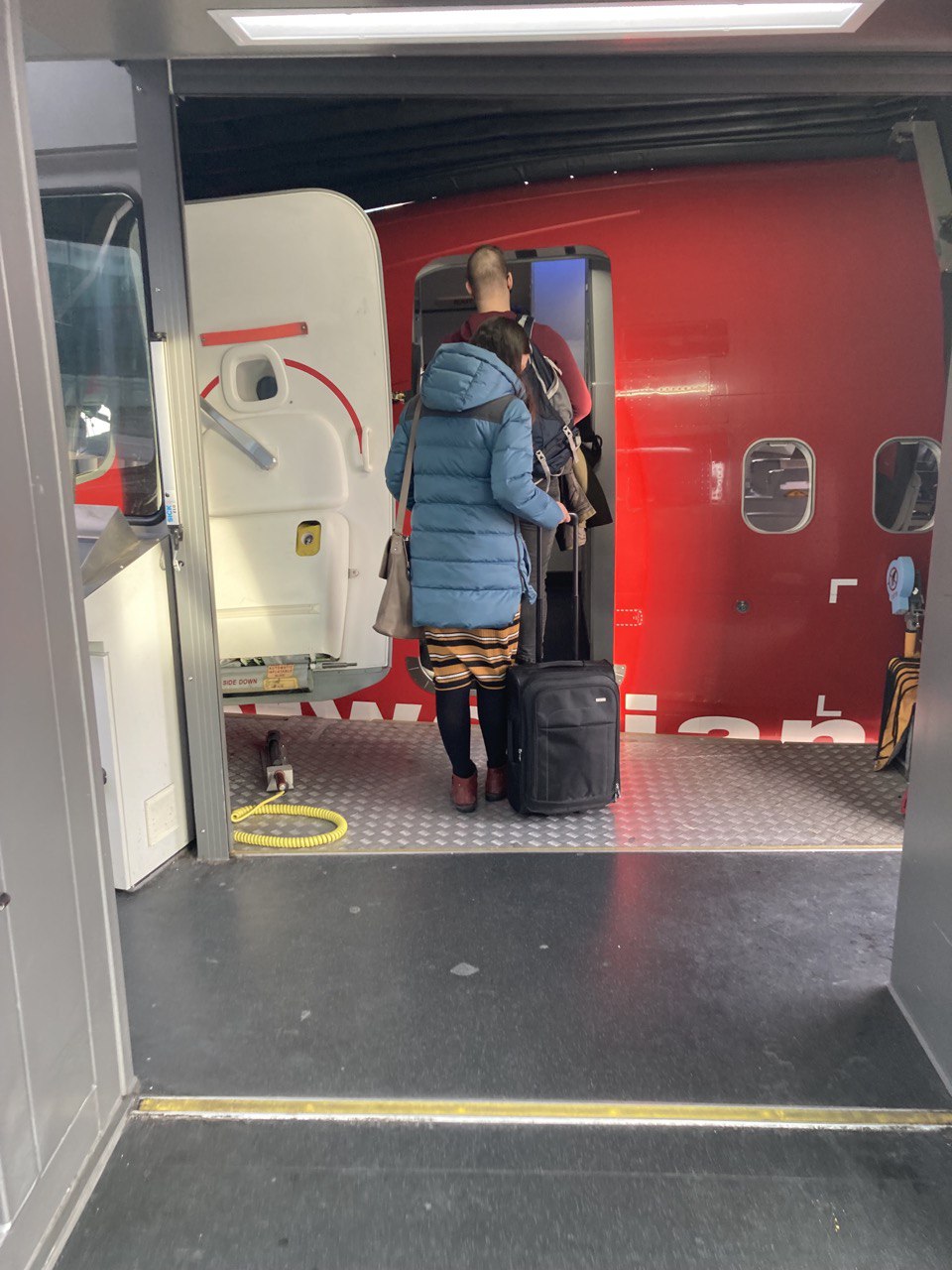 Fig. 26: Boarding the flight to Vienna in Oslo.
Fig. 26: Boarding the flight to Vienna in Oslo.
People were so few, we could sit in the 3-seat row on our own. Therefore I wanted to try beer on board as the pressure dropped to about 2000-meter-high levels (recheck this).
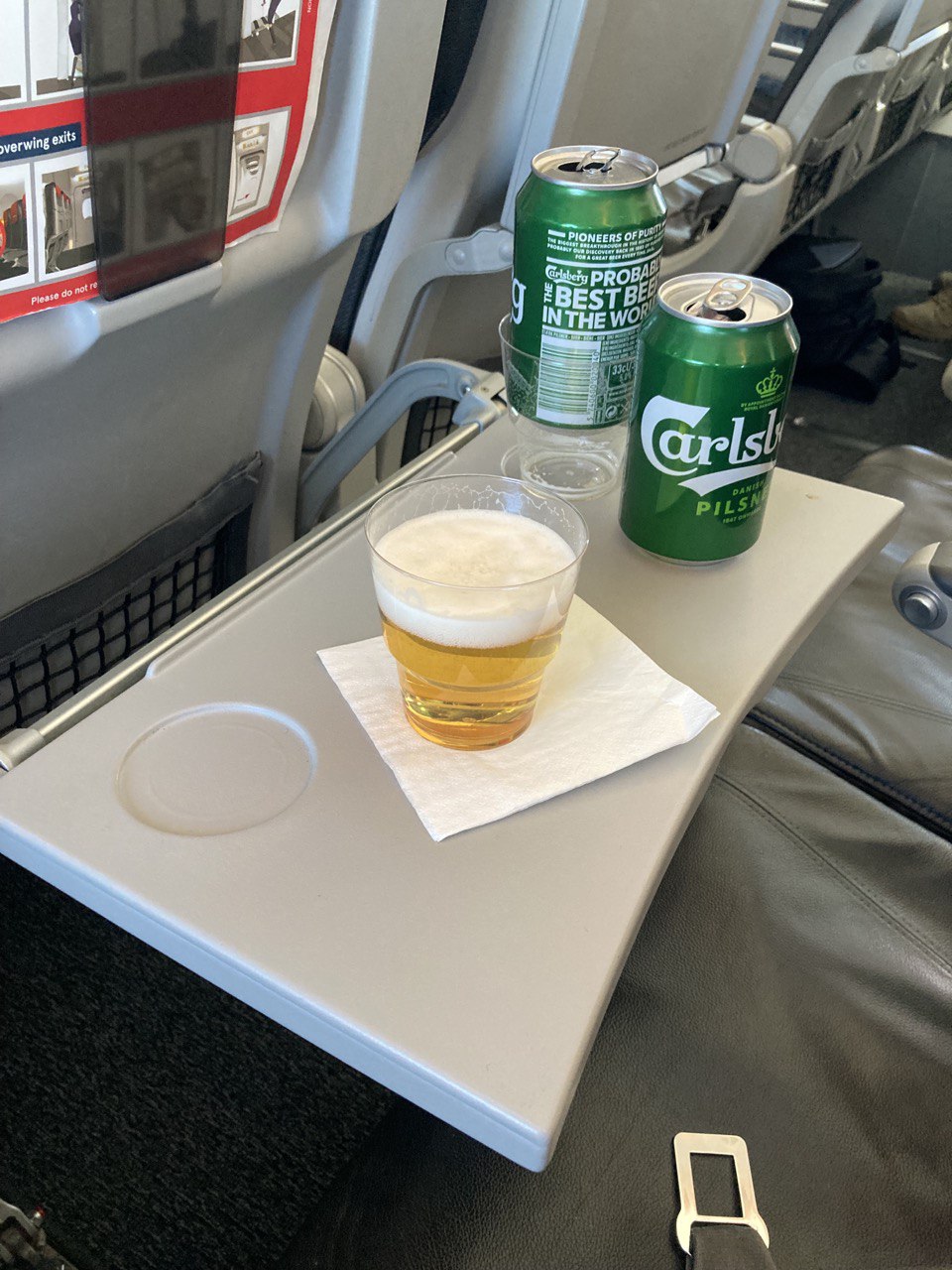 Fig. 27: Lager beer on board.
Fig. 27: Lager beer on board.
In Vienna, there were unfortunately people kind of queueing at the passport checkpoint, where army men were doing the check themselves. Having an EU passport, I was allowed to pass quickly. Next, I need to get myself to Wien Hbf and to Brno. I bought a ticket for the bus from airport to Brno in advance, unfortunately, they cancelled this route unexpectedly. Feeling a bit tipsy, I searched for OEBB train to Hbf and then catched a RegioJet train to Brno. I was feeling lucky, when finally sat on the train to Brno. Everything went very well.
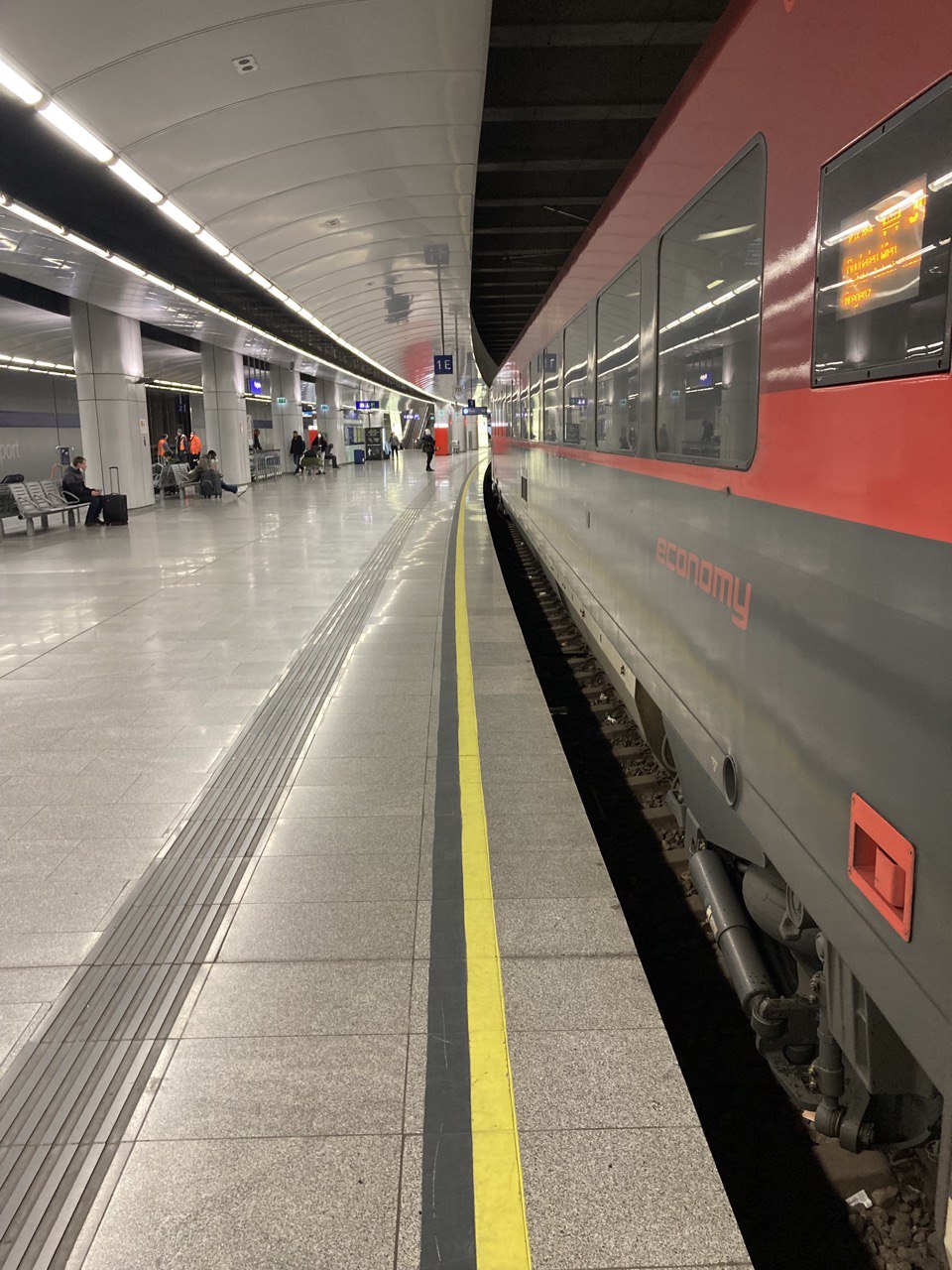 Fig. 28: Vienna airport train station.
Fig. 28: Vienna airport train station.
homecoming
When arrived to Brno main station, I took a tram to my favourite “eating place”, where I got some time to breathe out and think of the whole day’s journey, that took me about 7 hours from Skøyen, Oslo.
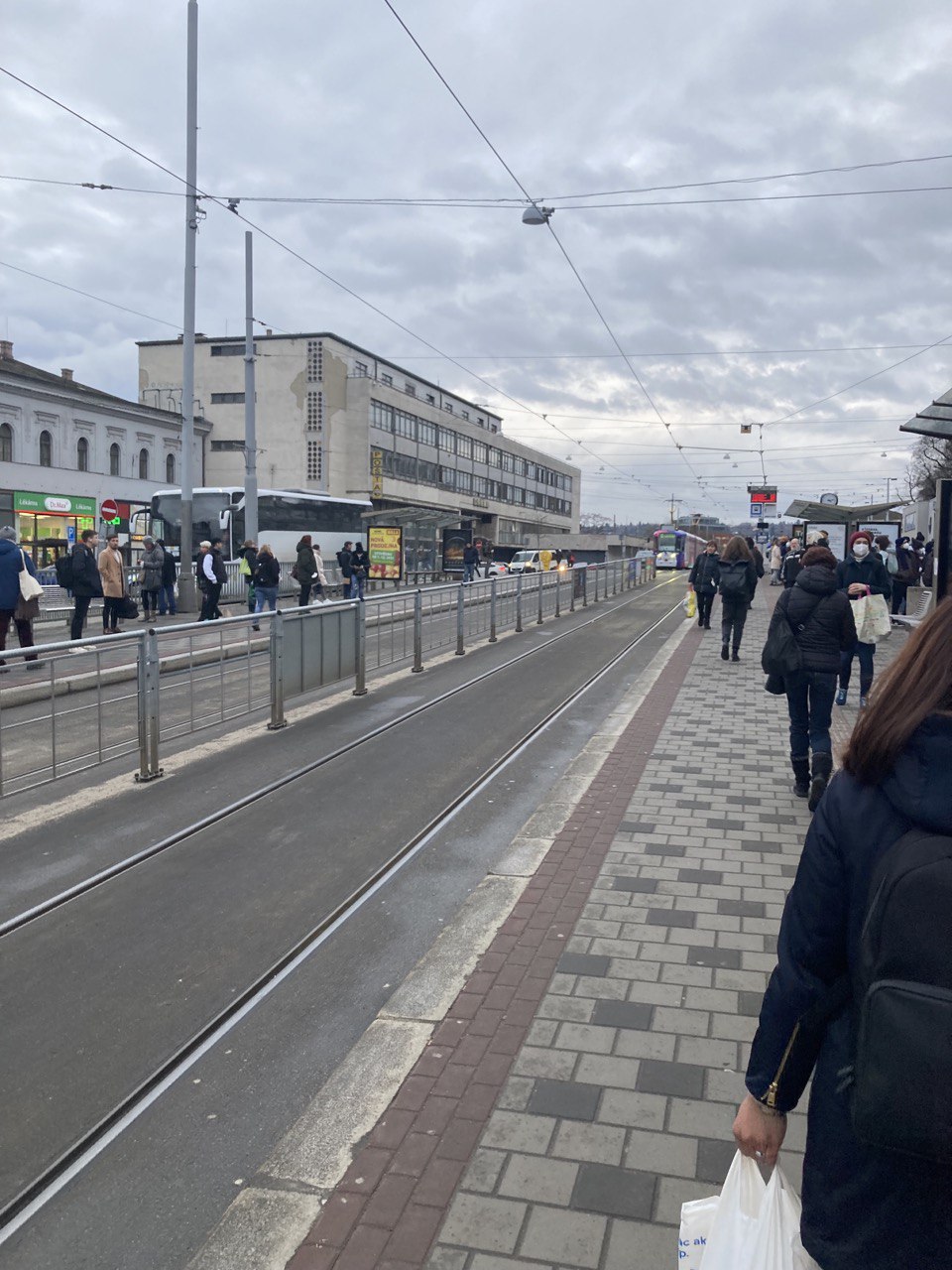 Fig. 29: Brno main train station (tram stop).
Fig. 29: Brno main train station (tram stop).